|
Every once in a while a blog post does not show up, while it is there somewhere in internet land it remains invisible. So...Here is a link for the post with my tutorial for Block #2. https://www.tuning-my-heart.com/blog/2018-bow-under-the-stars-block-2 All of the patterns for this quilt can be found on my Free Pattern page There are some lovely quilt blocks being shared on my Facebook group page Tuning My Heart Sew Along Happy Quilting!!
Today I worked on the Flag block by Jan Patek-a cute little applique block. You can find Jan's pattern on her blog by clicking this link: http://janpatek.blogspot.com/2017/06/moda-blockheads-16-me-again.html I decided my flags would feature the bees-perfect for my little garden of blocks. I am continuing to use the fusible applique method-one of these days I will sit down and learn to master needle turn-but that day is not today. Here I am showing how I drew the flag poles-just filling in what is hidden behind the flags. With the pattern flipped over to the back I can still see through to trace all of the pieces on to my fusible. (Remember: when doing fusible applique you have to reverse the pieces.) I wish I had numbered the pieces for flag one and flag two-it would have made putting them together a little easier. Following the directions for my fusible I iron the pattern pieces on to the wrong side of my chosen fabrics and then cut them all out. I cut my background a little larger than the finished size, used my iron to make fold lines (as well as found the center of the paper pattern and created fold lines on it as well. Then I just line up the folds of the fabric with the folds of the paper to find the middle. I am giong to start with the pieces that go in the back-the flagpoles, I used a pencil to make marks on the flagpoles to show where the flags will cover them up. (shown in more detail later) I decided to try something new and sew around these before adding the rest of the flag pieces. So after pinning a piece of stabilizer in place I went to my maching to start sewing. I like to start with a few straight stitches. (stitch length is 1.9, needle is in down position moved two places to the right.) When I come to the place where I want to begin the Double Buttonhole stitch I pivot and clip the threads before proceeding. With these narrow pieces I decided to set my stitch width to 1.8, the length is still 1.9 and my needle is in the centered again and in the down position (Meaning when I stop sewing my needle stays down in the fabric.) The proceed with the buttonhole stitch around this section of flagpole. On the straight part of the stitch I want to keep my needle right along the edge of the applique piece-not on top of it but to the side. When I come to a corner where I am going to pivot and continue. Since I started with the flagpole that is underneath the other I stop, pivot and end with a few straight stitches going back over the stitches I have just made, and finish with a locking stitch. Next I went to the other side of this flagpile andbegan in the same way-starting with a few straight stitches, pivoting around the other direction to begin the buttonhole stitch... Before I brought the piece to my machine I made a couple of marks on each flagpole just inside where the flags will cover them up. As I want to avoid the bulk my buttonhole stitch would create underneath I will switch to the straight stitch and use it to go between the marks I have made on the flagpoles-those marks just barely show up in the photos but I was able to see them just fine. Made it to my first mark so switch to the straight stitch. When I get to my second mark I go back to the buttonhole stitch After only a couple of stitches I pivot, switch back to the straight stitch to go across the top of the pole at the finial, pivot and resume the buttonhole stitch until I come to my mark again-then straight stitch down to the next mark before going back to a buttonhole stitch-sounds complicated but it worked out well in the end. This time when I got back to the flagpole on top I just pivoted and continued to work my way around that one too. Making the switch to a straight stitch between my marks. When I get back around to where I started sewing on this second flagpole I finish off with a few straight stitches and a locking stitch. The stabilizer made it a little harder to see the pattern underneath when I brought it back to the ironing table to add the flags, a drawback to how I am approaching this, but workable. Before I add the flags I lightly pressed the pieces for each flag together-leaving the backing paper on the flag for now. I also placed a piece of paper on my ironing board to protect it from any fusible that might be hanging over the flag. Now I can add the flags to the whole. I stitched the finials next. There was a lot of stopping and pivoting to do around these curves. The flags were pretty easy-I started with a few straight stitches along this edge. Turned and began the buttonhole stitch around the corner section. When I made it back to the top of the flag I just pivoted again and made my way around the entire flag with the buttonhole stitch. Then just finished off with a few straight stitches and a fianl locking stitch. And there it is-Flags. Until next time when I tackle another block I missed...
Happy Quilting! It's Monday, Week 2 of our little sew along. Today's block will introduce the 4-Patch unit-a cute block with all kinds of possibilities. I really enjoyed reading everyones comments about where they are from and how long they have been quilting. I feel like I got to know some of you a little bit better. And so without further ado...the winner of last week's giveaway is... Carol Hofstetter Congratulations Carol! I will be contacting you to find out where to mail your Creative Grids Flying Geese Ruler. Now on to this week's block: Frayed Sawtooth Star The pdf file for the pattern can be found HERE. All of the files for this quilt can be found on my Free Patterns page. This week there are a few differences in the directions between the Red version and the Color version. I tried to make those changes clear in the pattern and in this tutorial as well. Please let me know how I did-was it confusing or easy to follow? I have my red and white version cut and ready to go. Since I am using fabrics from my stash I have three different white on white prints for each version-you can use as many or few as a you like. For my scrappy color version I have chosen 5 different jewel tone fabrics-since my star is going to be the green I laid it across all of the others to see if it "popped" against them. Satisfied I will follow the cutting directions for the color version with these. To satisfy my need for order the yellow I am using was also in Block 1-I so want to be scrappy with this, but I have such a strong need to follow a plan-lol. The first step is to make 4-patch units using 8 of the A squares along with the B squares. If you are making the color version see the pattern sheet for added instructions for this step as you will be making two color combinations. When making 4-Patch units I use a scant 1/4 inch seam-on my machine; that means I move my needle over to the right one position. (that is shown by the bar with the dots on it) I find that if I sew with a 1/4 inch seam I do not always get the finished size I need. Basically, all I need is a needle width less than I normally use. The other settings on my machine are the same as I normally use-2.1 stitch length and needle in the down position. First I will chain-piece the pairs together. and press towards the dark side Then I lay out the units to be sewn together. I do not use a pin at the seams on these; instead I make sure that I have the seams fitting together and sew with the seam that is on top pointing towards the needle; that way it just gets "pushed" into place as I sew. Feel free to use a pin if it gives you more confidence! To check the size on these I lay my ruler on top with the 2 1/4" lines at the intersections (that is the halfway point on these blocks.) I had a wee bit of trimming to do to get the 4 1/2" x 4 1/2" size needed, but they are all nice and square now. Here are the four units for my Red and White version... If you are doing the color version you will have to A/B units and two H/B units. Now I repeat the proces to make one 4-patch unit using the F and G squares. Next I lay out the pieces to make the center unit of our star Here you can see both my red and white version and my color version. When joining the rows I pressed the top and bottom rows towards the A (and H) squares and the middle row towards the 4-Patch unit. Before sewing the rows together I do a quick check to see that the middle section of each row measures 4" across. Time to join the rows to make the center unit of the star. I placed pins at the intersections this time as not every seam will be facing the way I would like for those seams to nest together when they are sewn. I pressed the rows towards the 4-Patch in the middle. The center unit needs to measure 8 1/2" x 8 1/2" I have made sure to lay the ruler so that the 4 1/4" lines fall right on the seam lines in the middle of the block. By measuring from the middle out I will end up with a very symmetrical block-everything nice and even all around. All that is missing now are the Flying Geese... We did several of these in Block 1. Hopefully you are getting familiar with the process. Place two C squares on the D square and draw a line down the middle-trying to be very exact. Sew 1/4 inch from each side of the drawn line and then cut apart on the line. After pressing towards the small triangles, add another C square and draw a line down the middle, Sew 1/4 inch from each side of the line and then cut apart on the line. I love how quickly this produces four identical Flying Geese. Using my Flying Geese ruler to trim these to 4 1/2" x 8 1/2" These are the same size as the large ones we made last week so if you need a reminder of how to trim with a regular ruler click on the link for Block 1. This is where the ruler goes to trim the last two sides. With the Flying Geese all trimmed I lay out everything so that I can step back and make sure all of the pieces are facing the direction I want. You do want to make sure that the 4-patch units are facing the right way and I have been known to sew a goose upside down. Here is how I have laid out my color version. As I sew the rows together I keep the Flying Geese units on top so I can watch that intersection. I would much rather land on the outside of those intersecting seams than on the inside which will cause me to lose my points. Ideally I will hit it spot on. I pressed all of my seams away from the Flying Geese units. (towards the outside 4-patch units on the top and bottom row, and the center square on the middle row. Before sewing the rows together I checked to make sure that teh center sections of each row measure 8 Inches across. Once I am satisfied, I join the rows, pinnng at the intersecting seams and pressing towards the center square. Block 2! Until next week...
Happy Quilting! |
Welcome to the site of Debra Davis-a woman who loves the Lord and loves to quilt.
My other blog where I share about my walk of faith:
Sitting at His Feet This website uses marketing and tracking technologies. Opting out of this will opt you out of all cookies, except for those needed to run the website. Note that some products may not work as well without tracking cookies. Opt Out of Cookies |
Tuning My Heart Quilts by Debra Davis is licensed under a Creative Commons Attribution-NonCommercial-NoDerivs 3.0 Unported License.
Based on a work at www.tuning-my-heart.com.
Copyright 2010-2022 by Tuning My Heart Quilts, LLC. No part of this website can be reproduced without written permission from the author. All rights reserved.
Proudly powered by Weebly
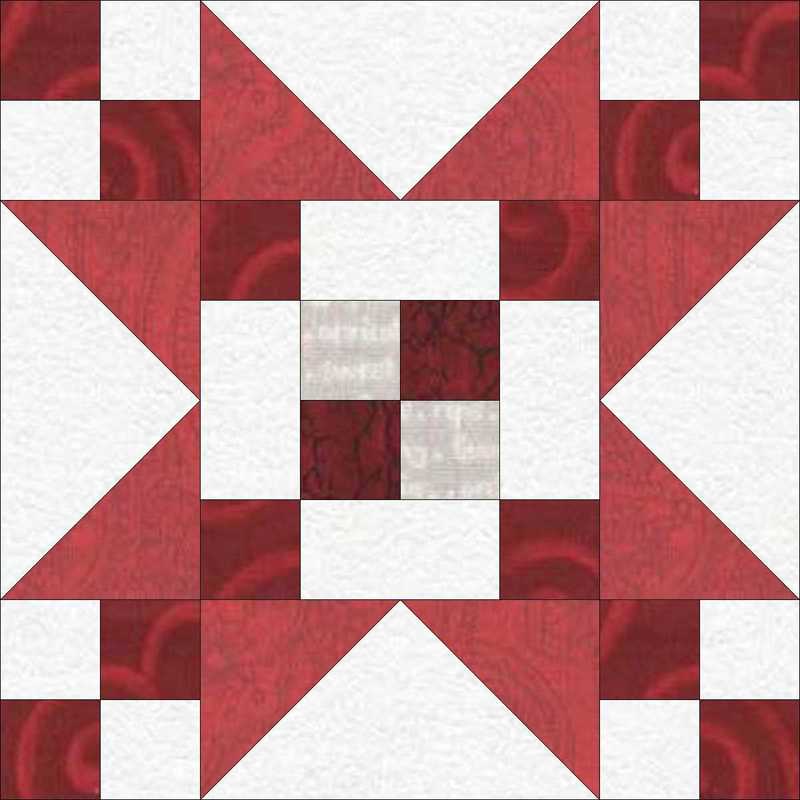
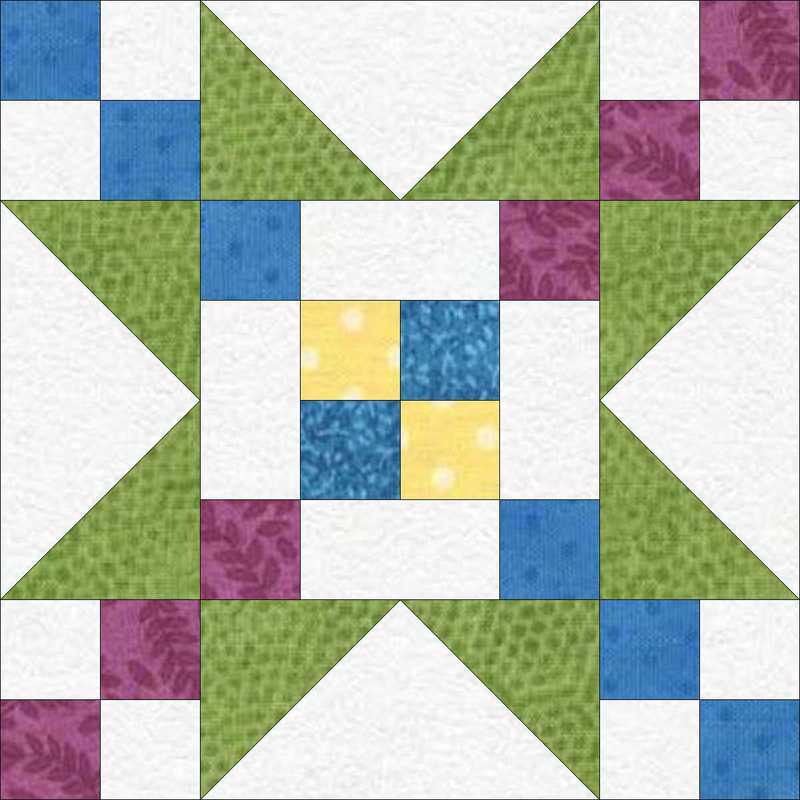
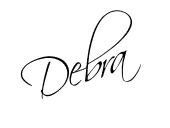
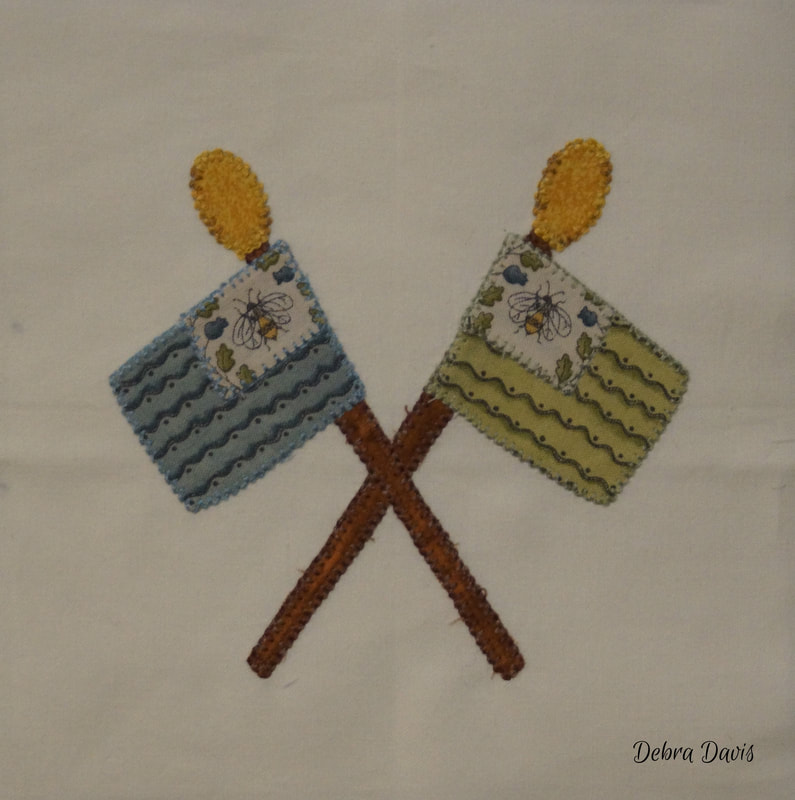
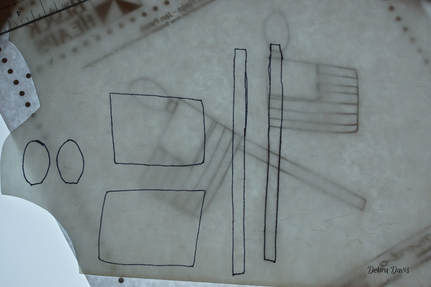
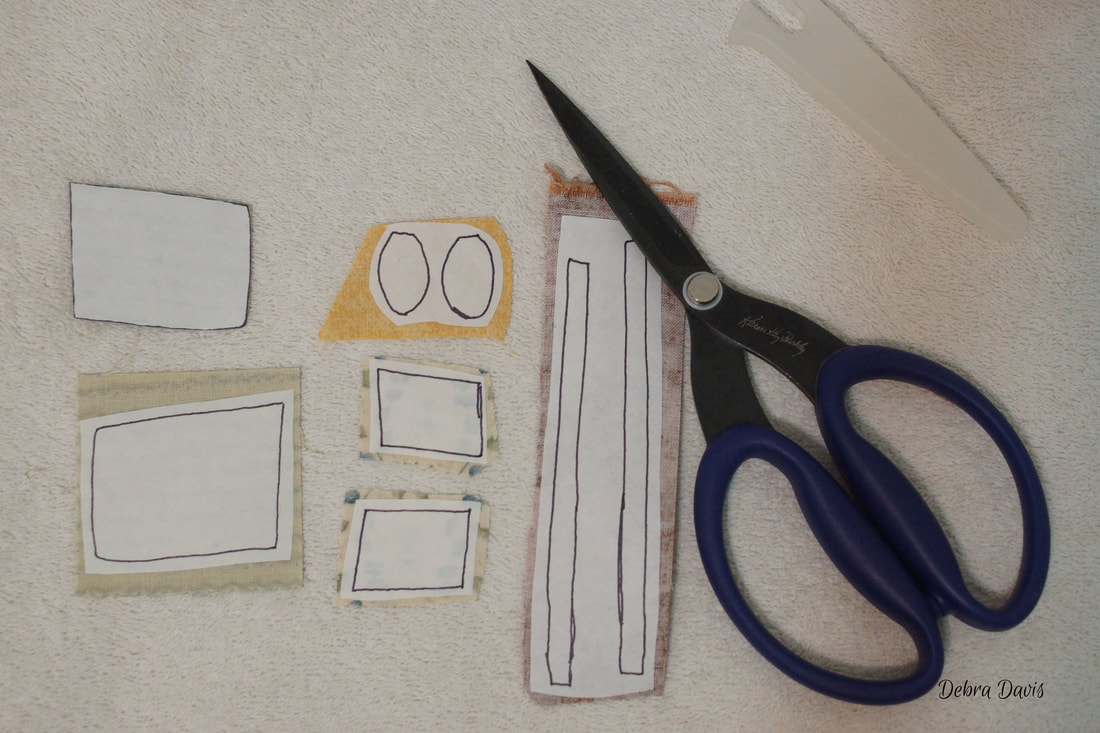

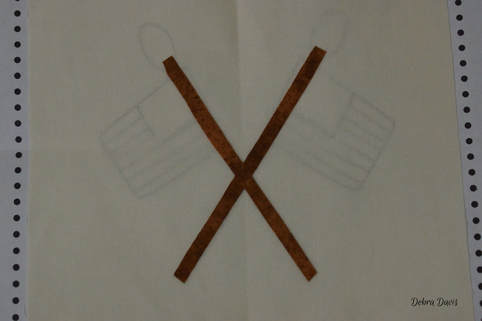
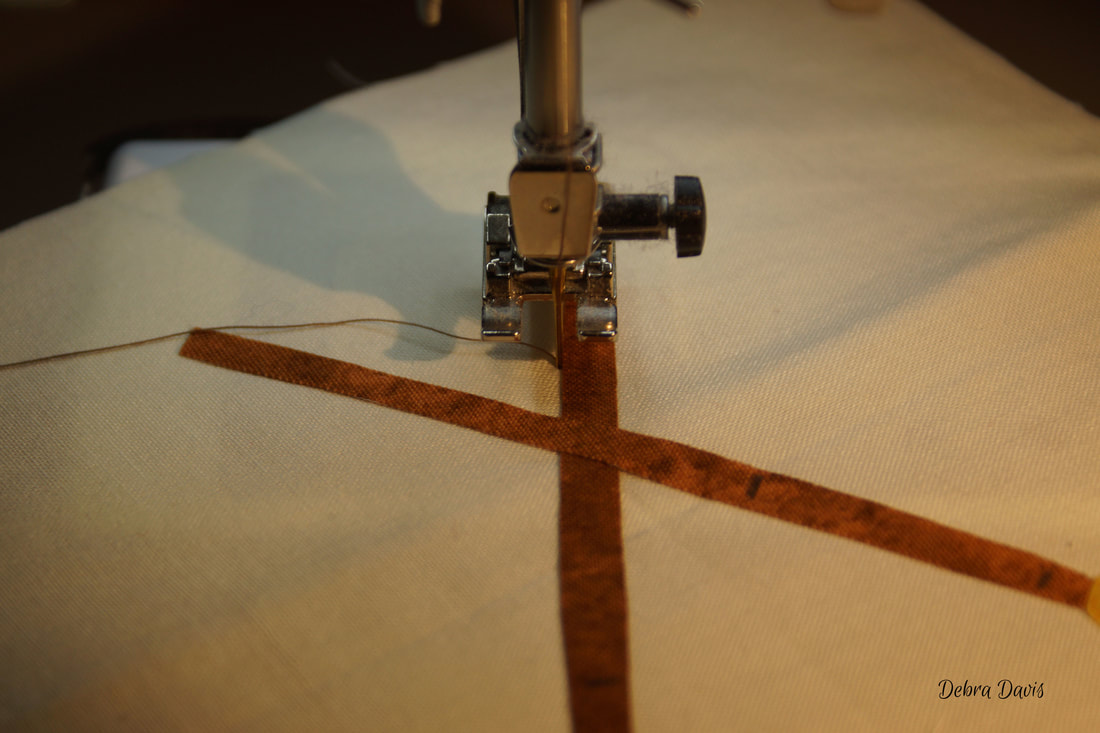
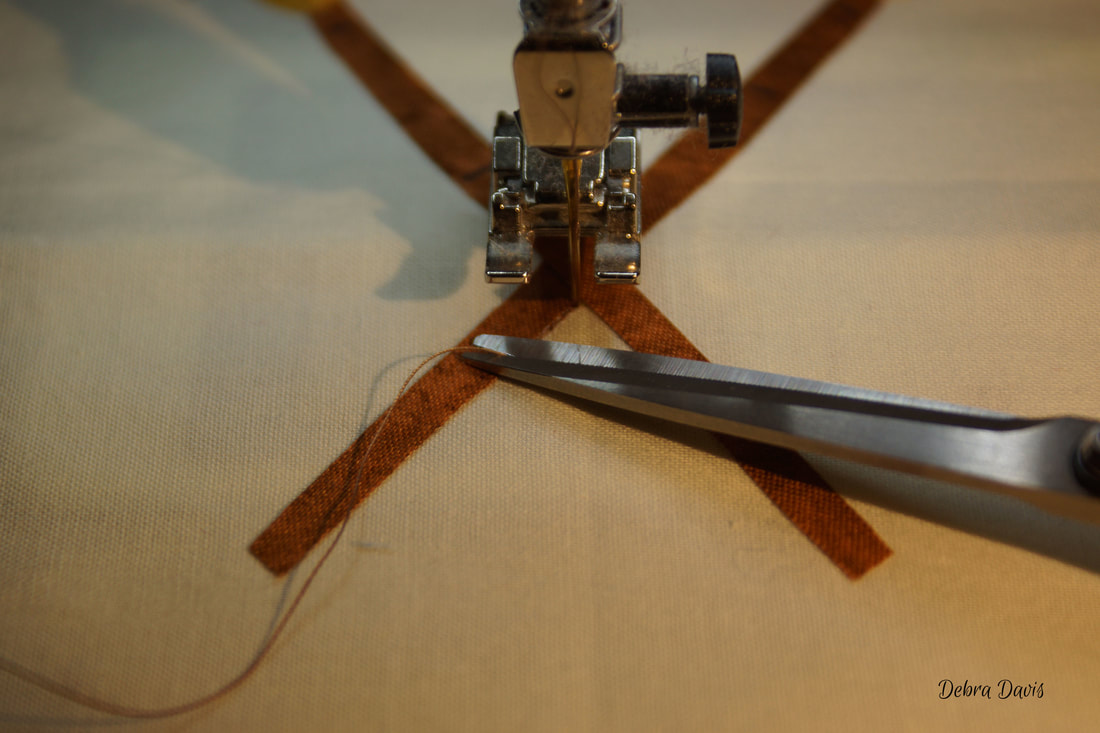
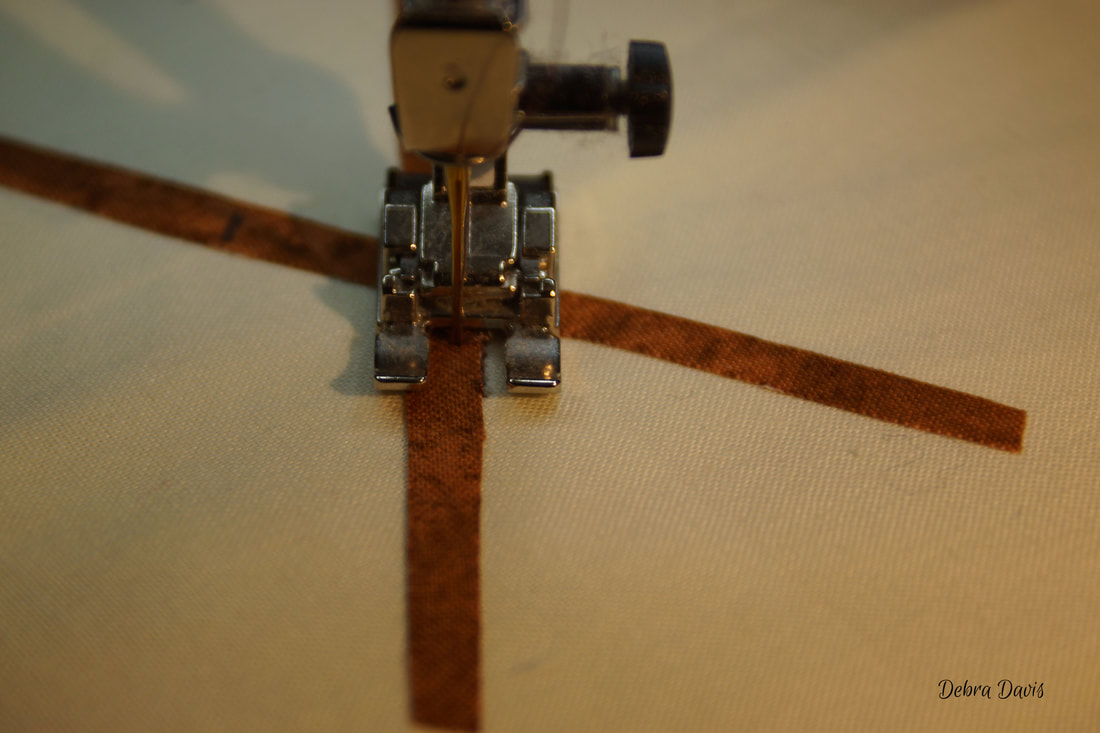
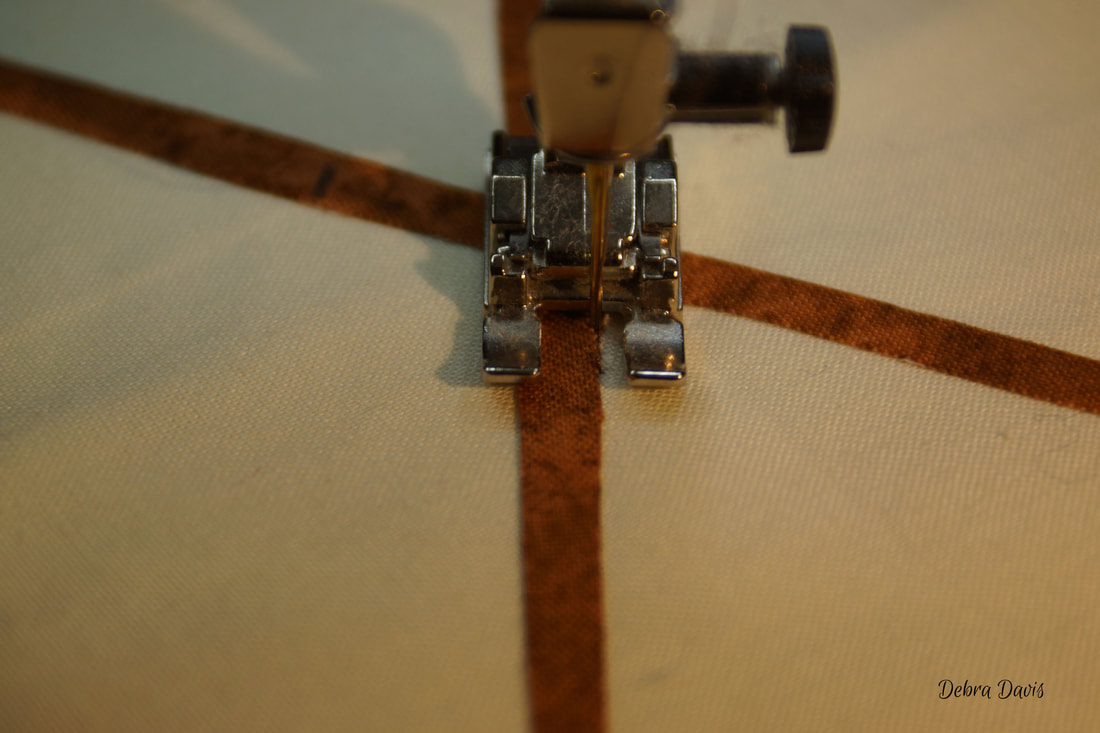
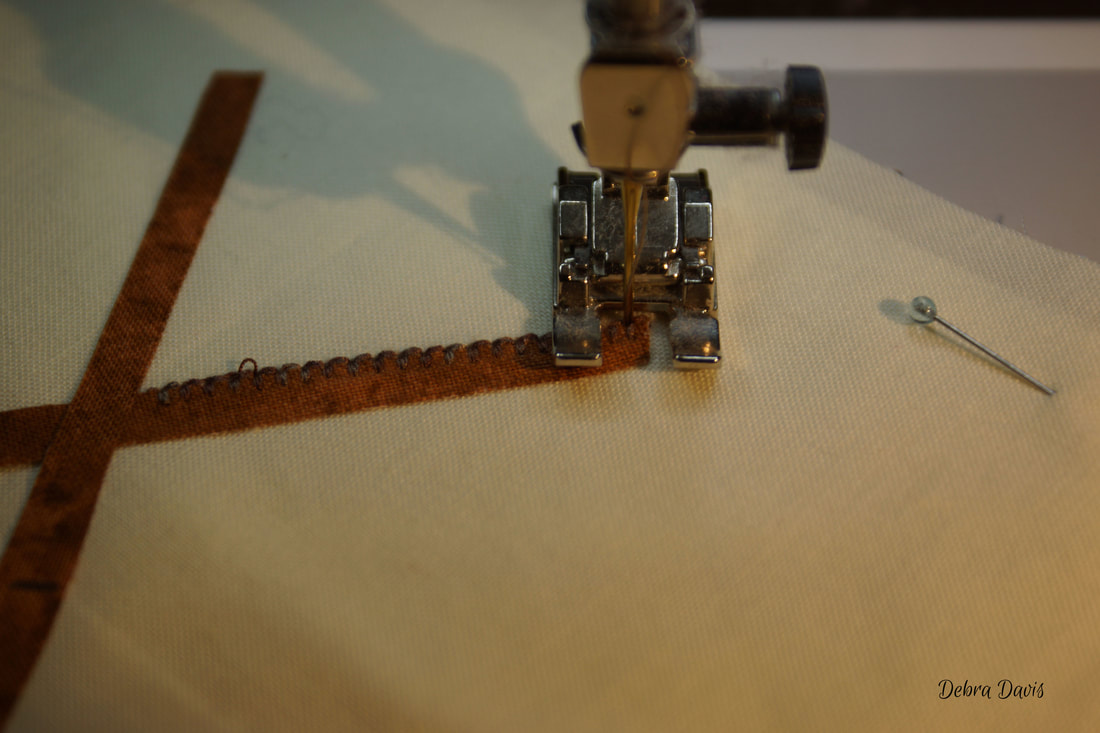
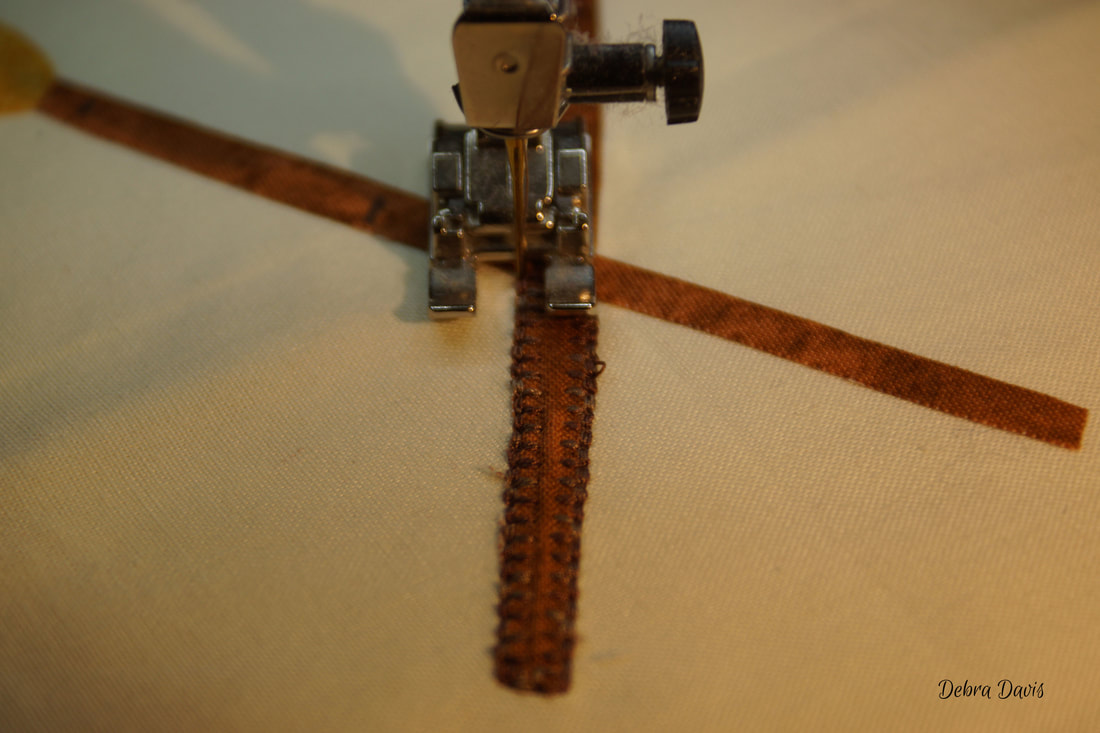
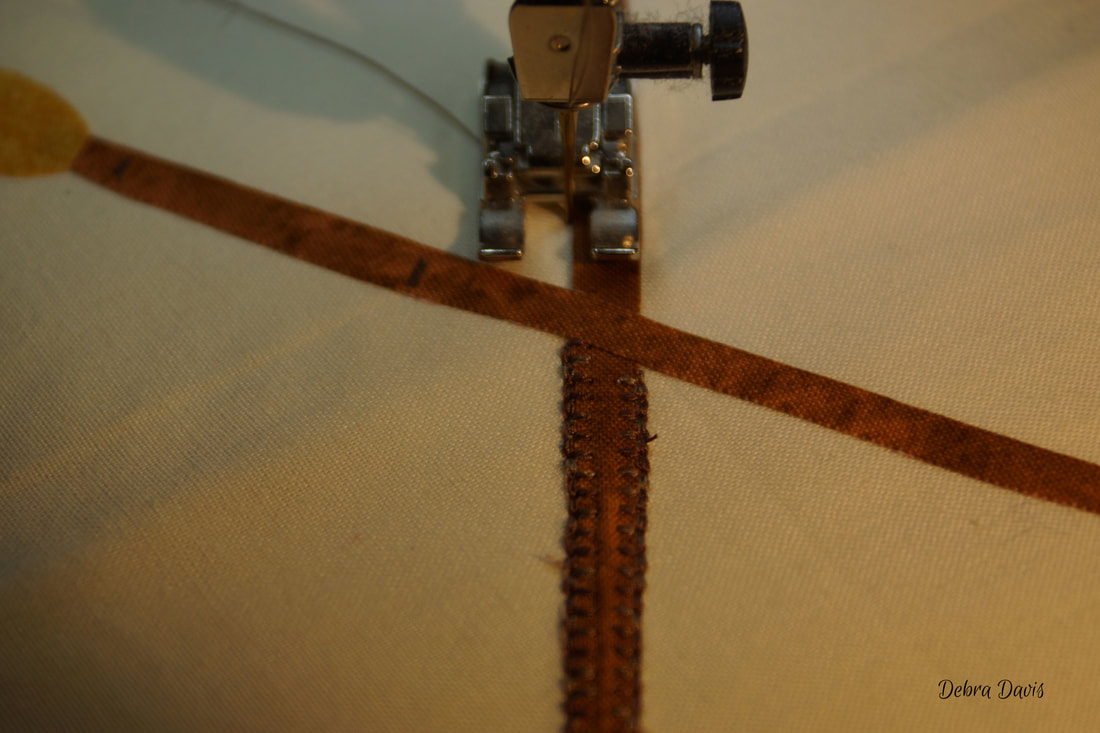
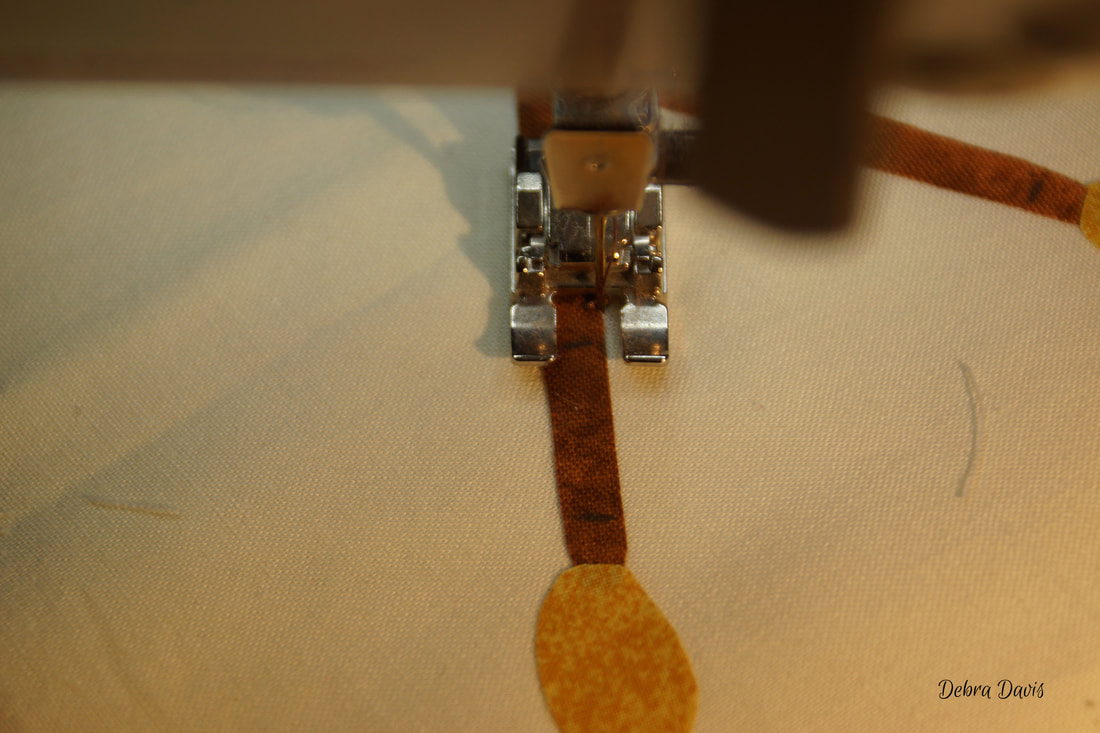
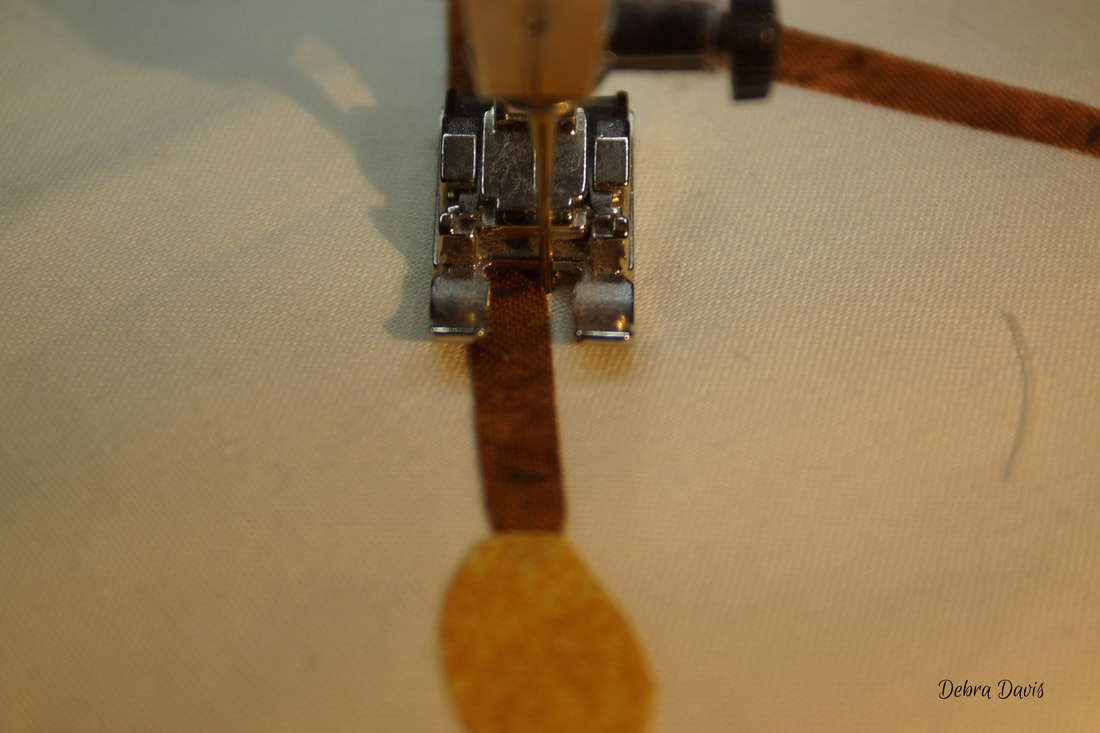


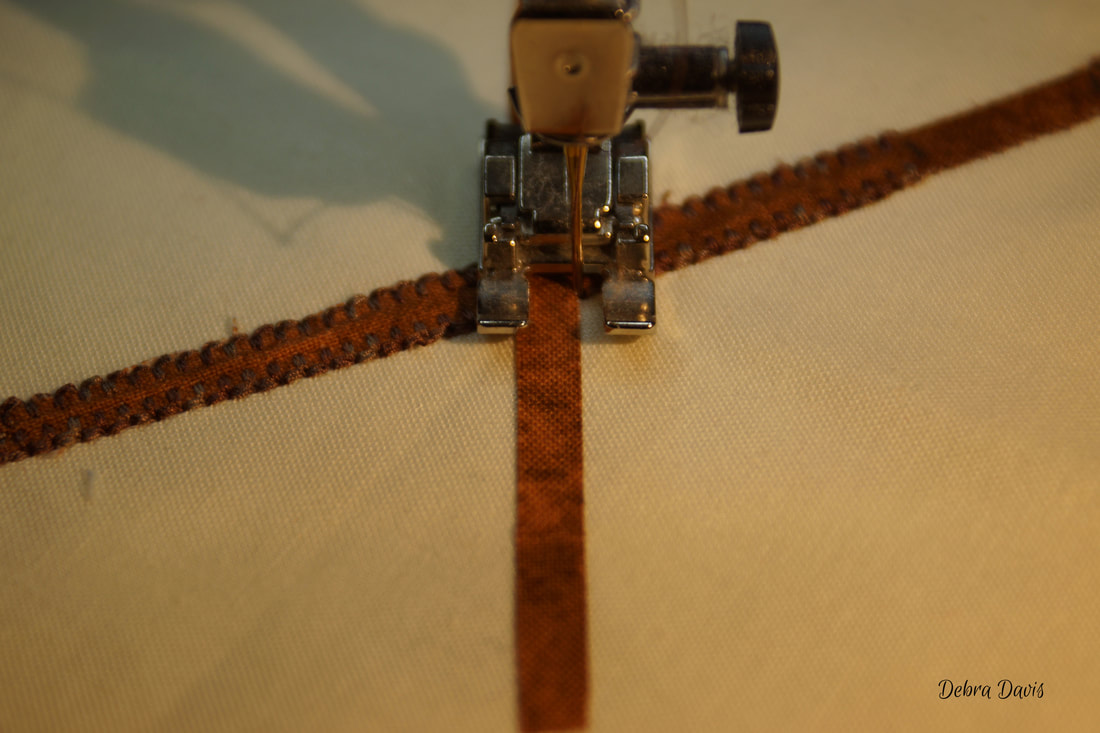
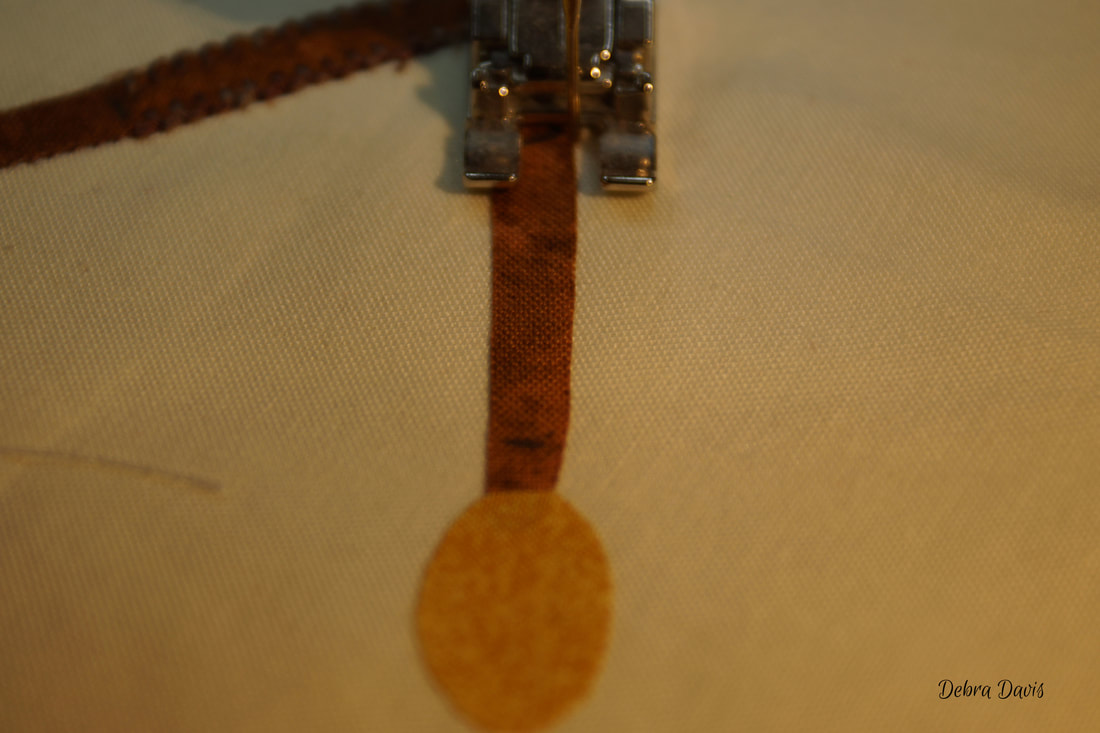
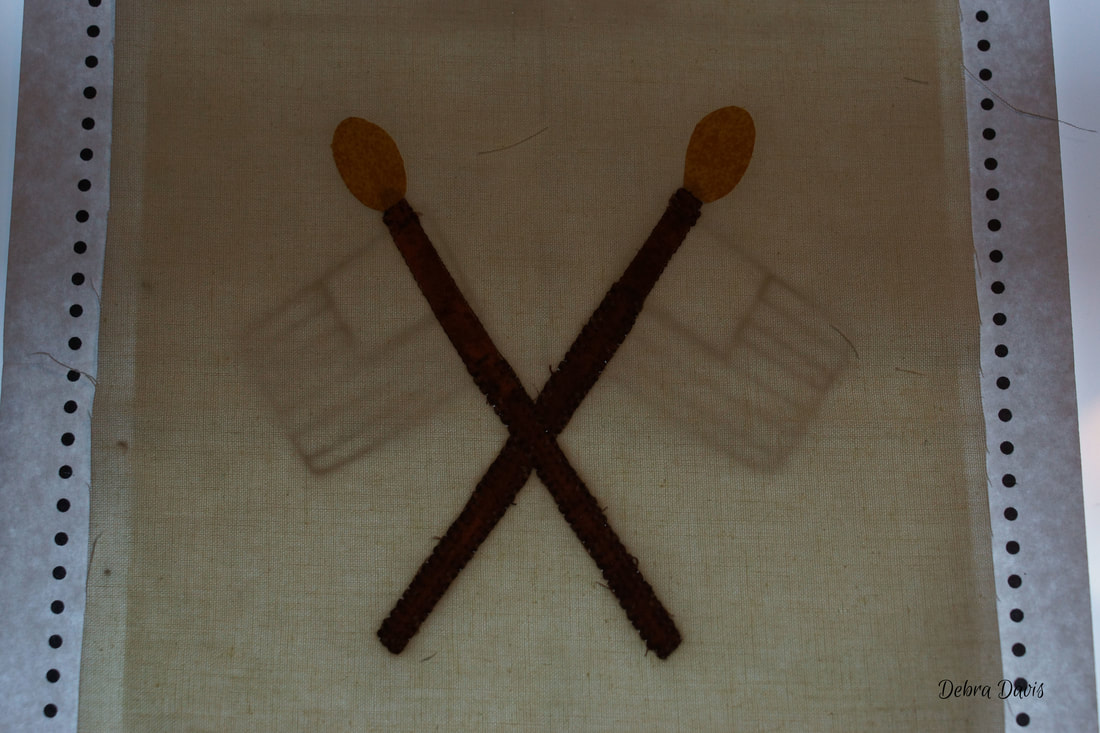
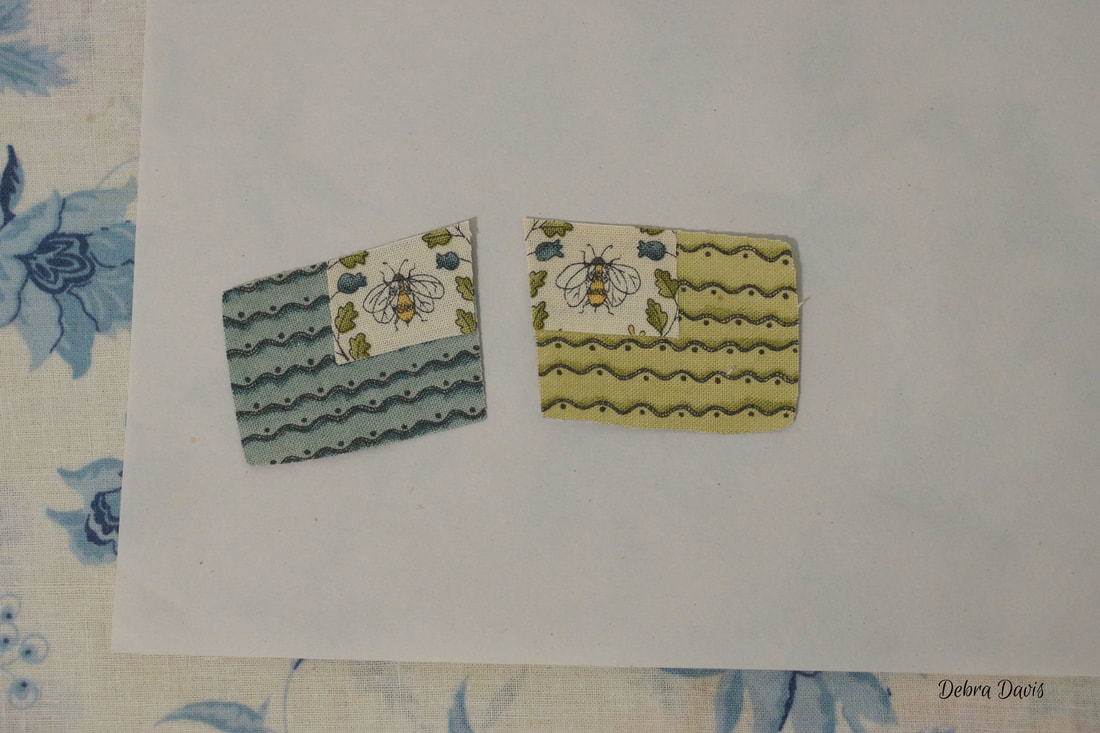

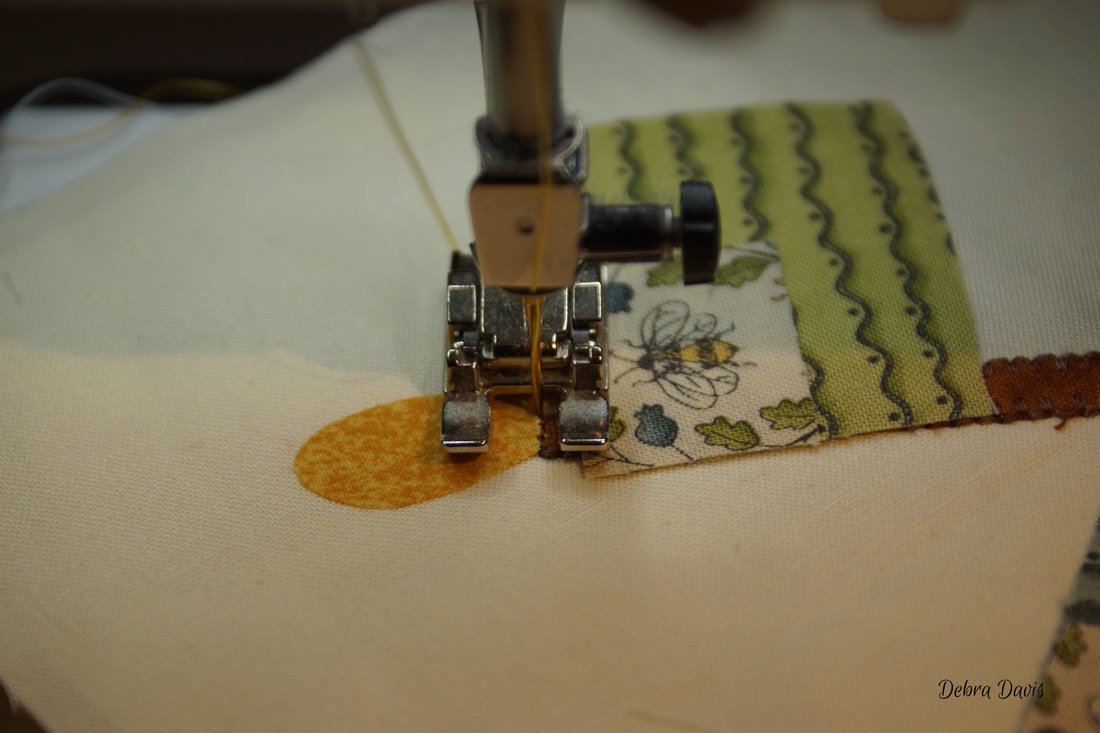
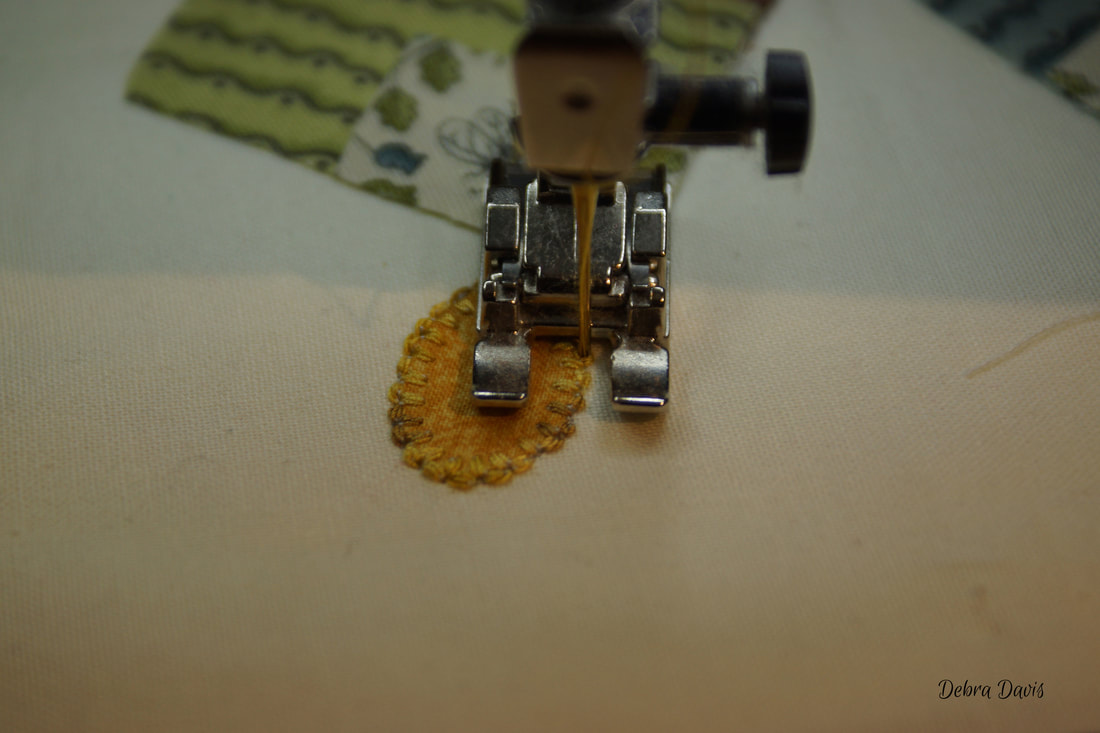
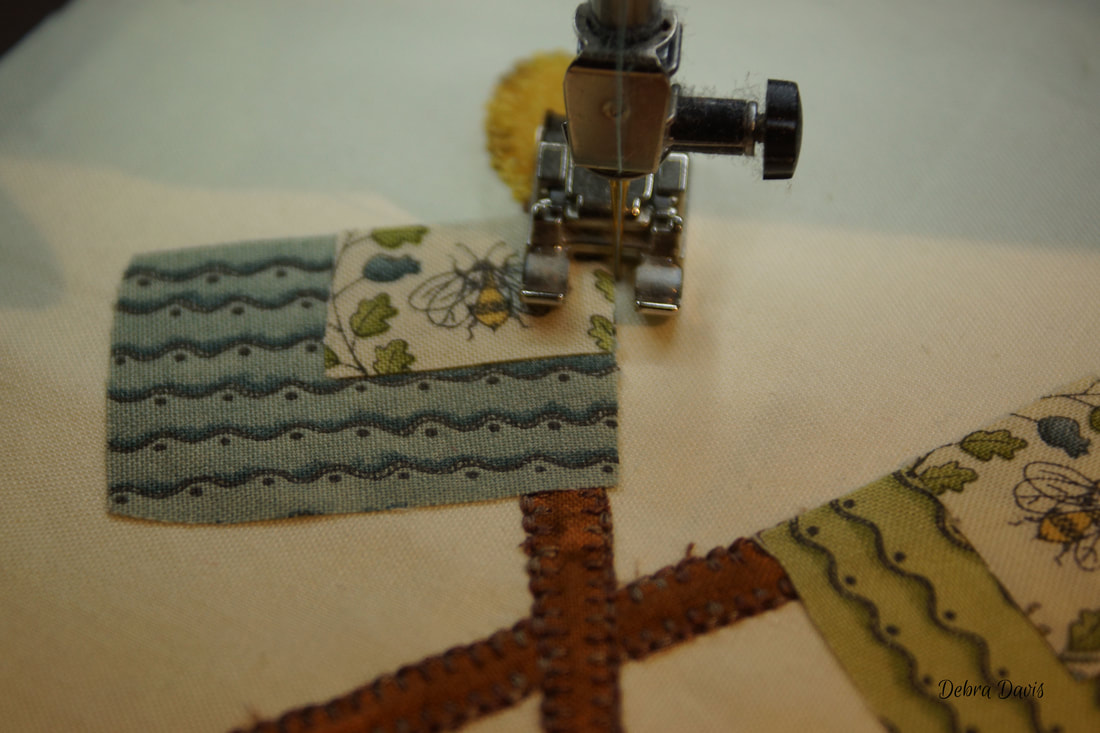
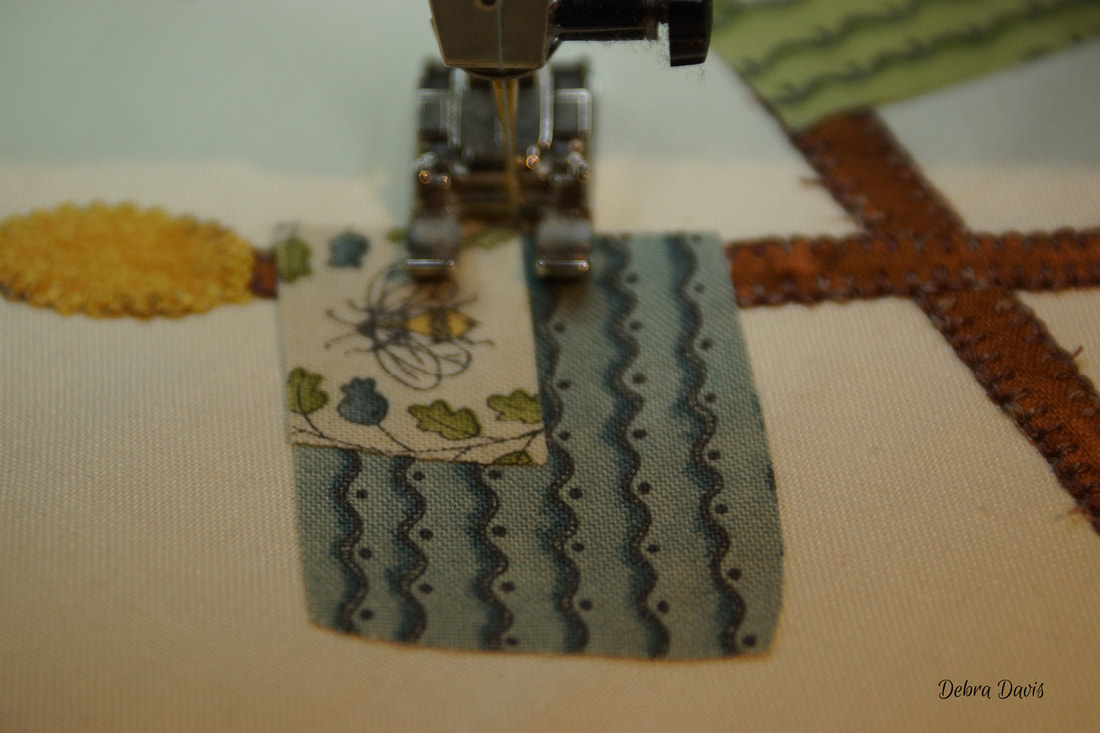
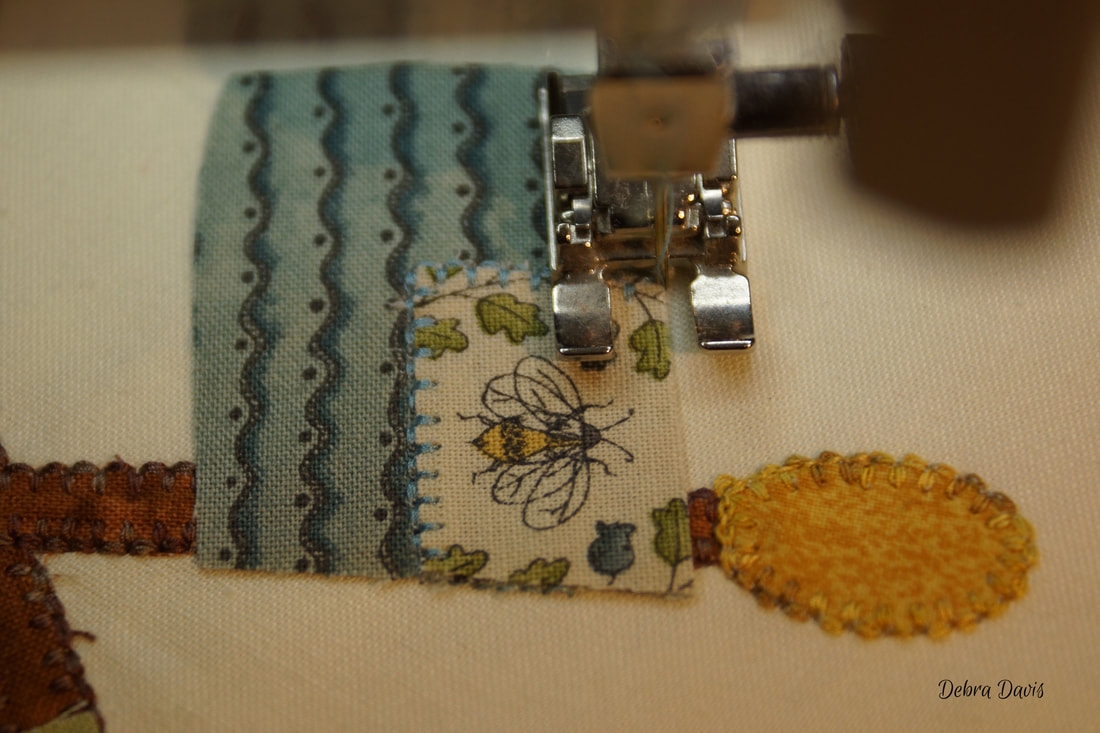
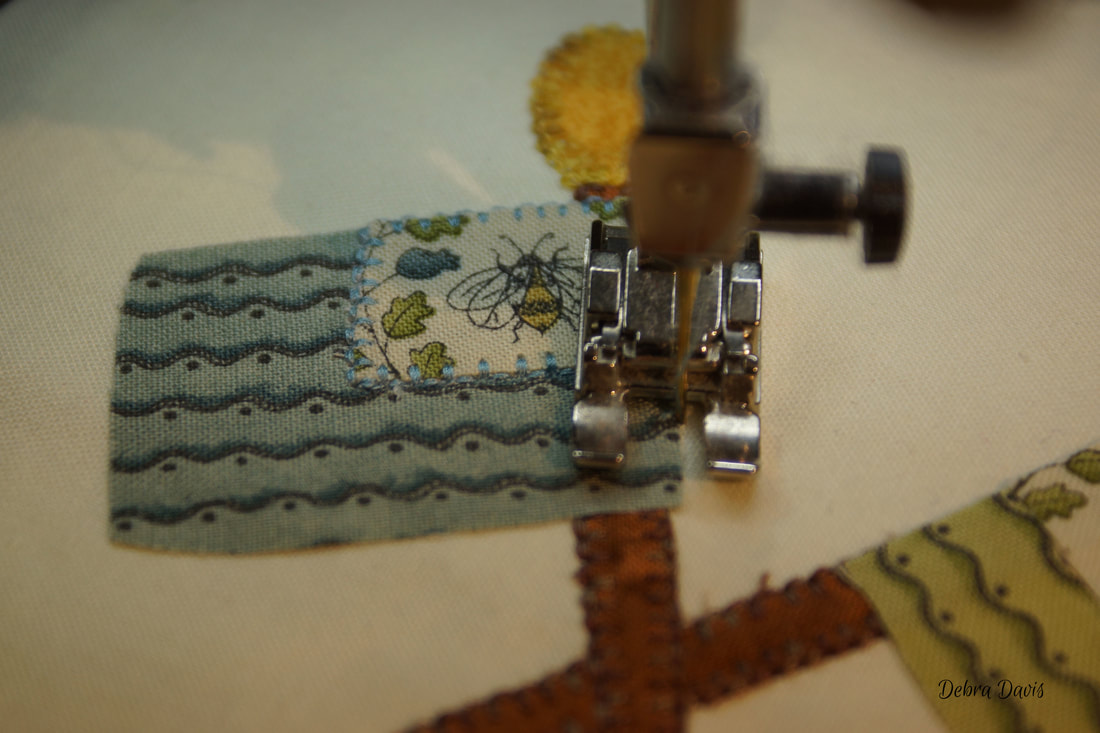
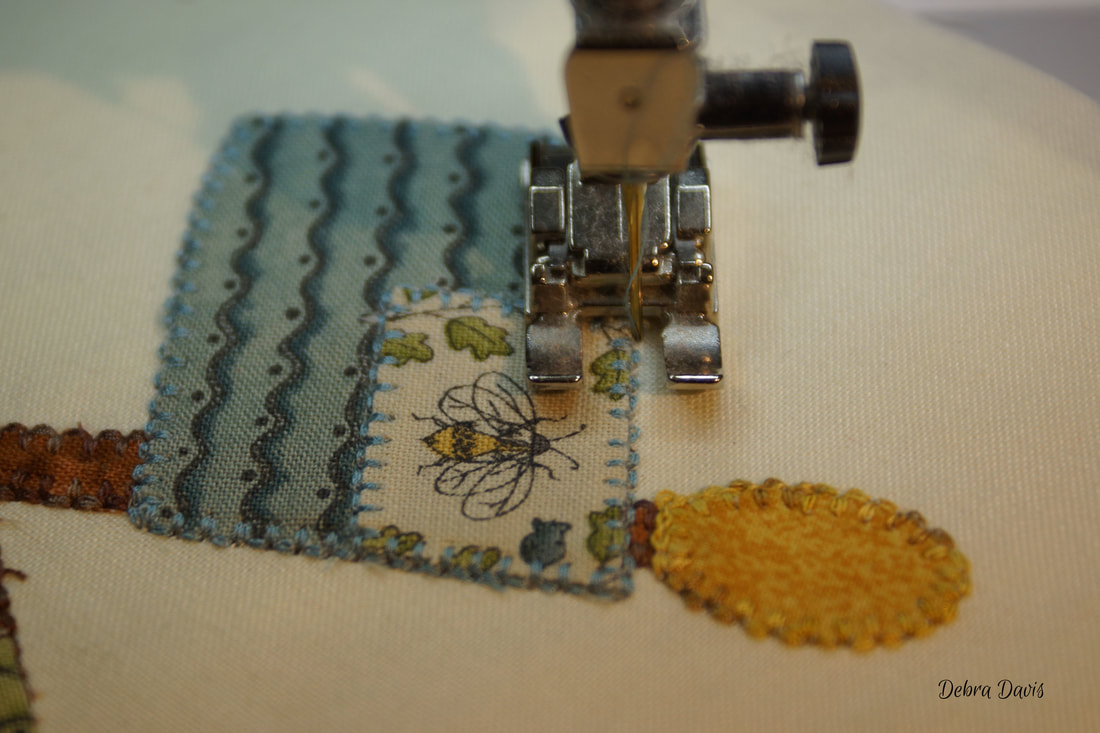
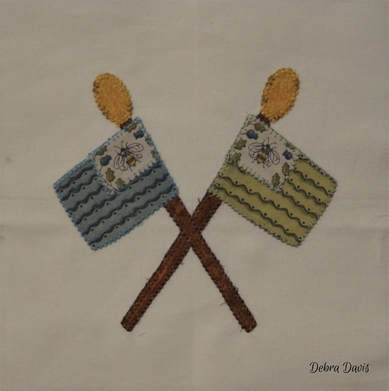

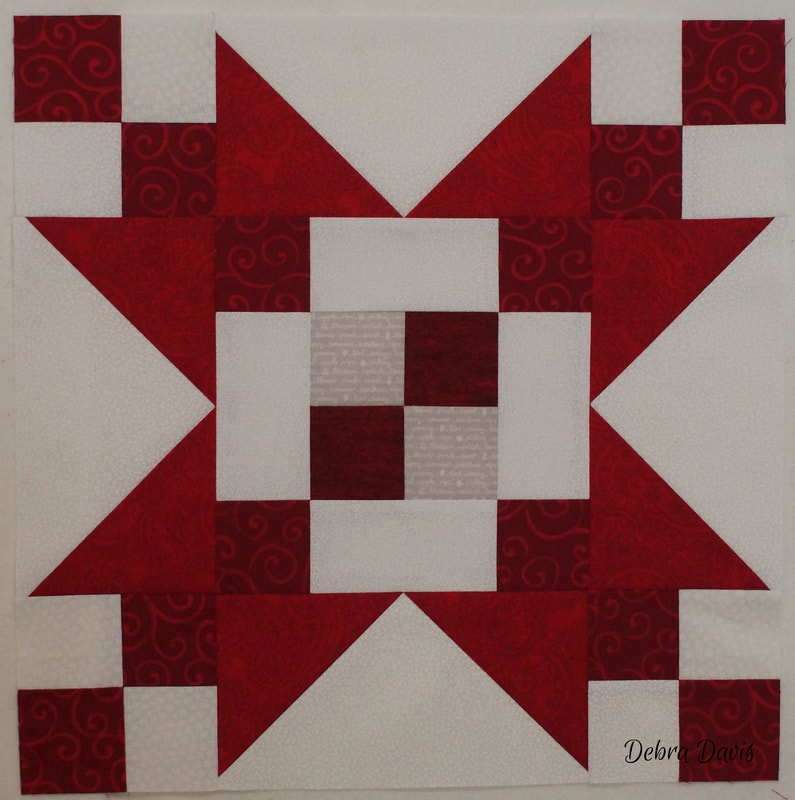
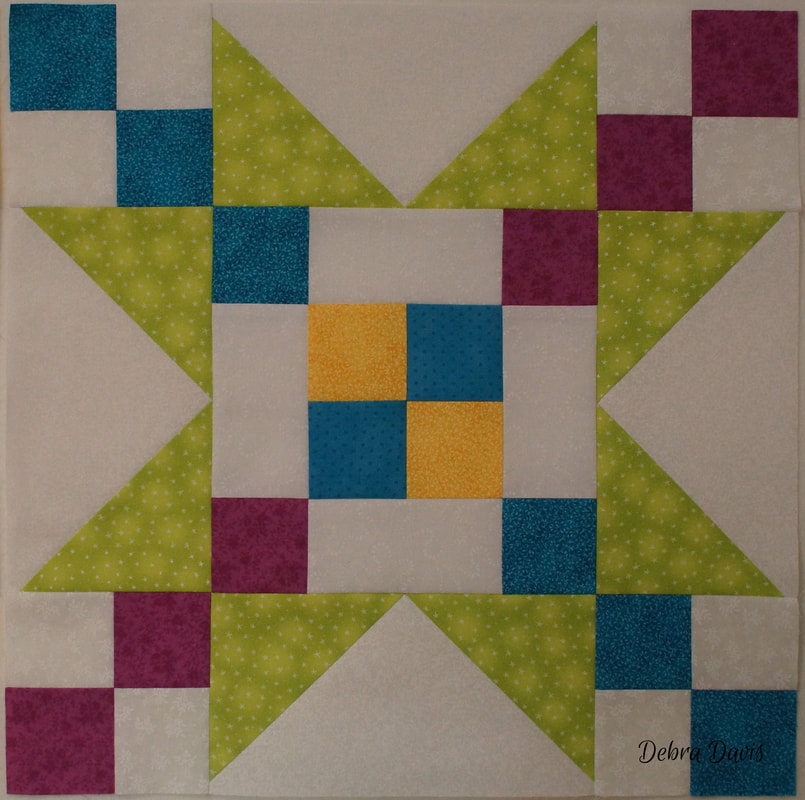
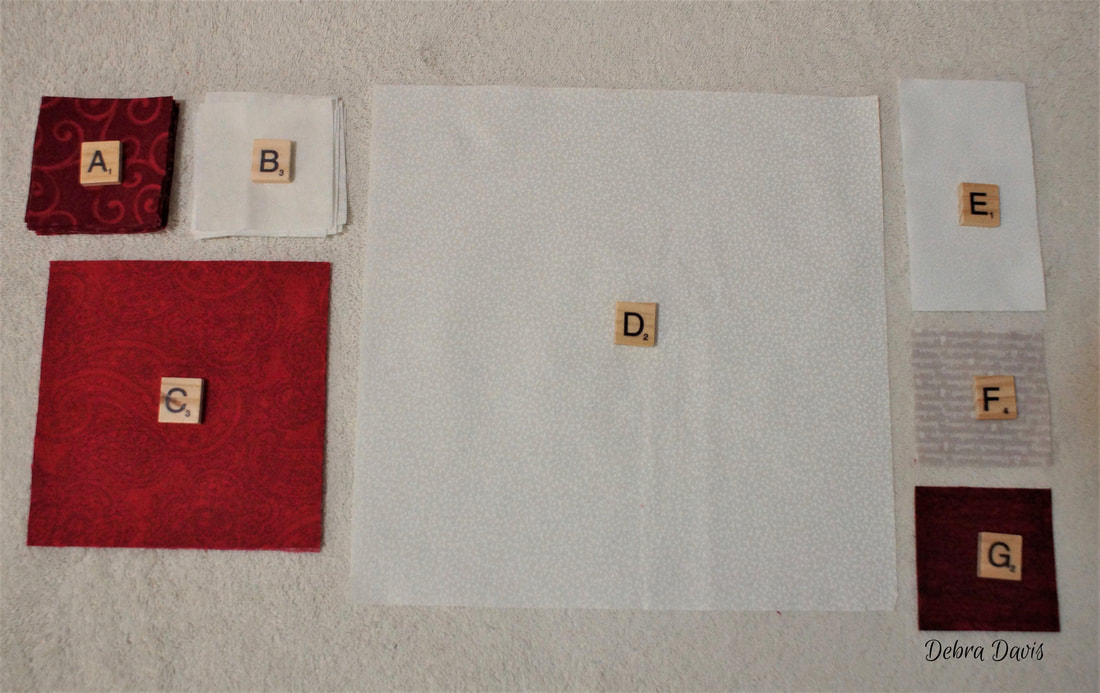
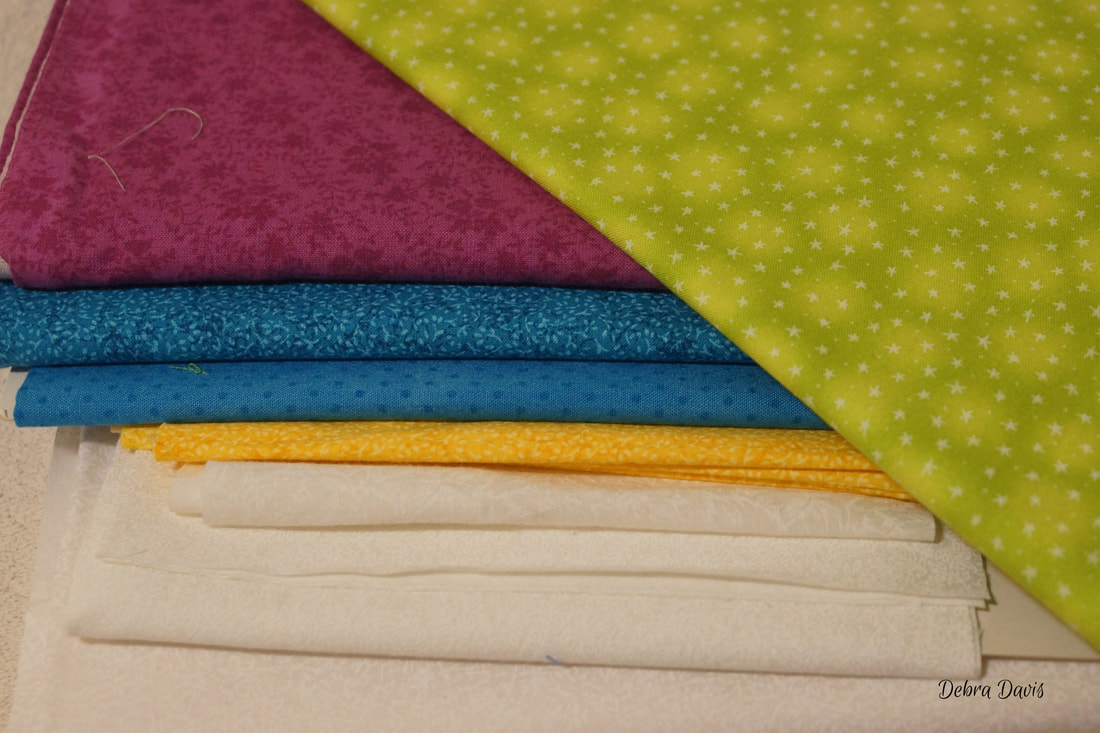
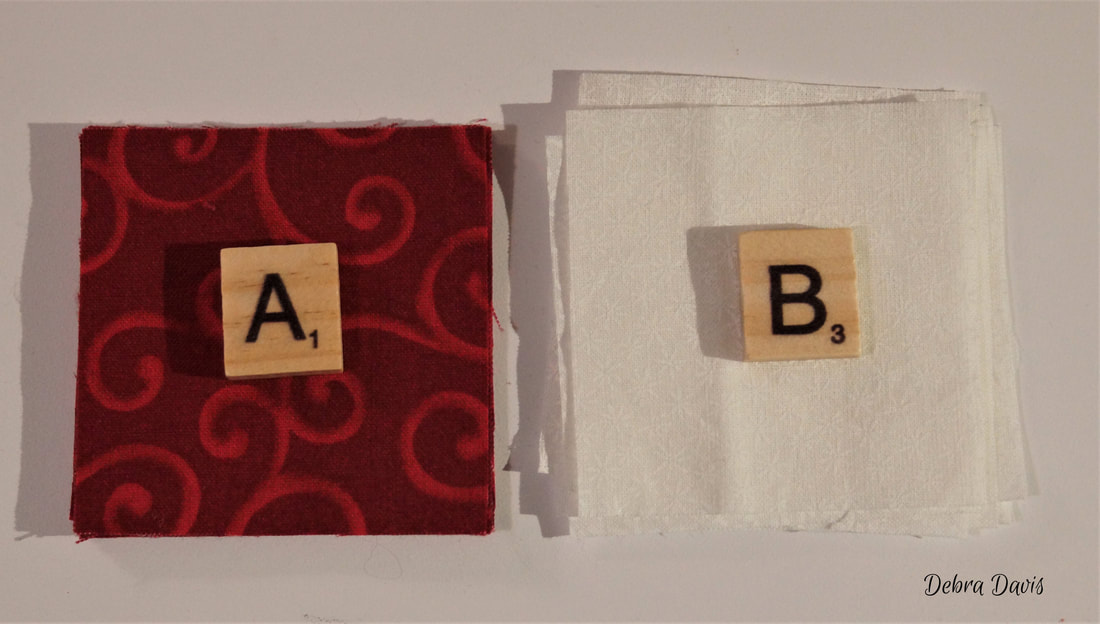
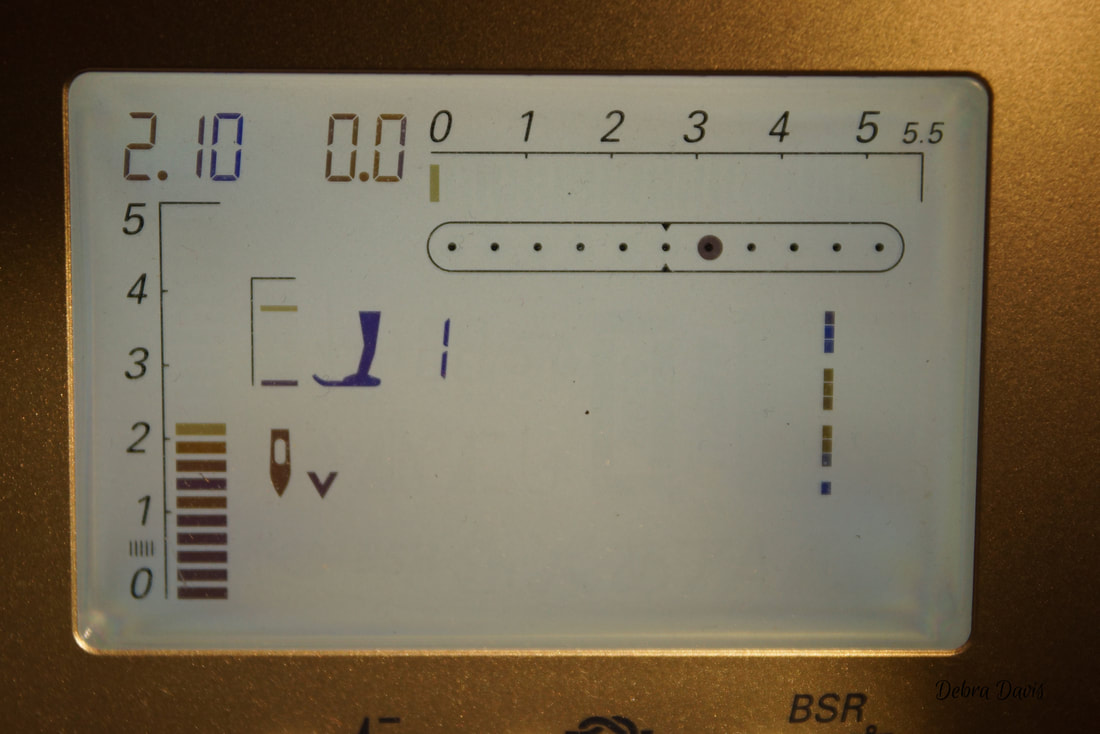
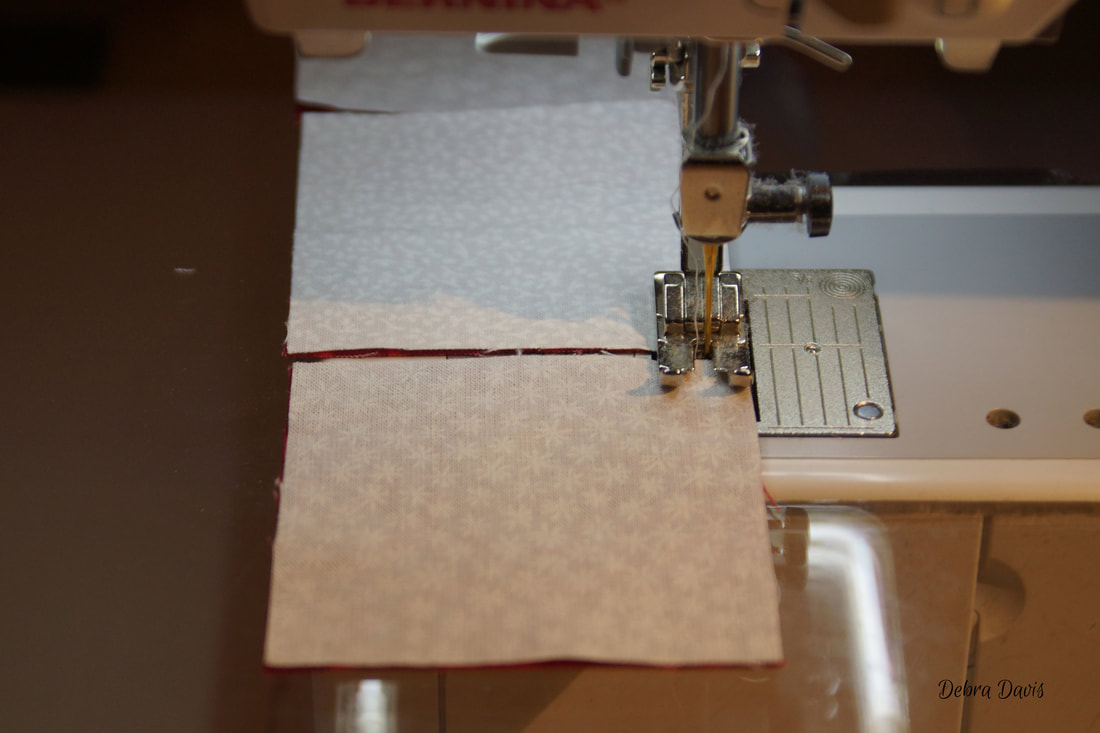

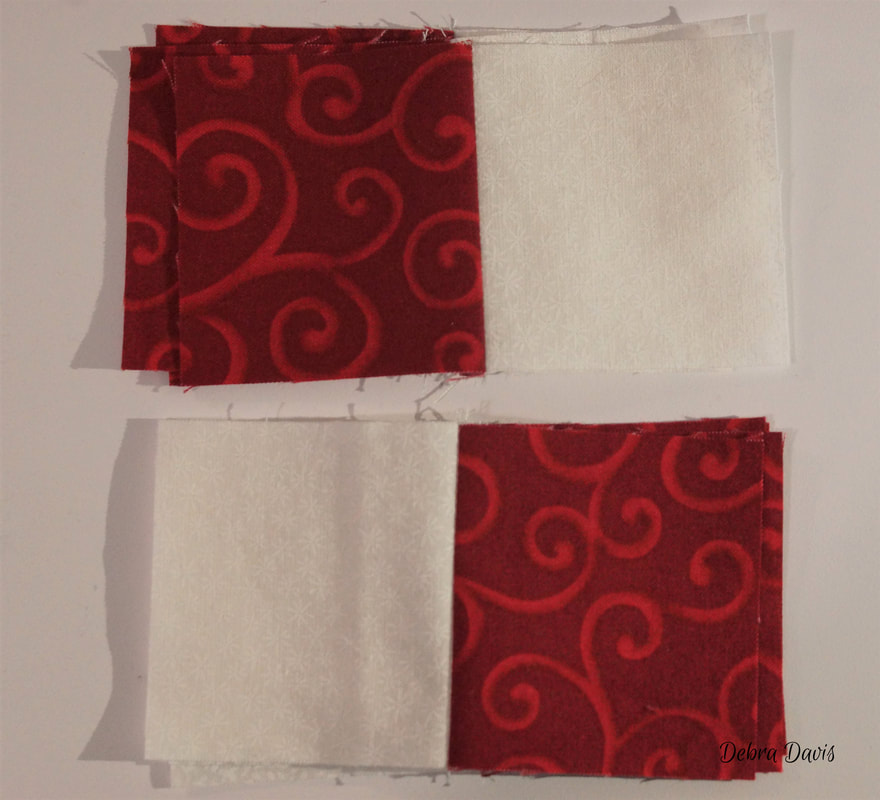

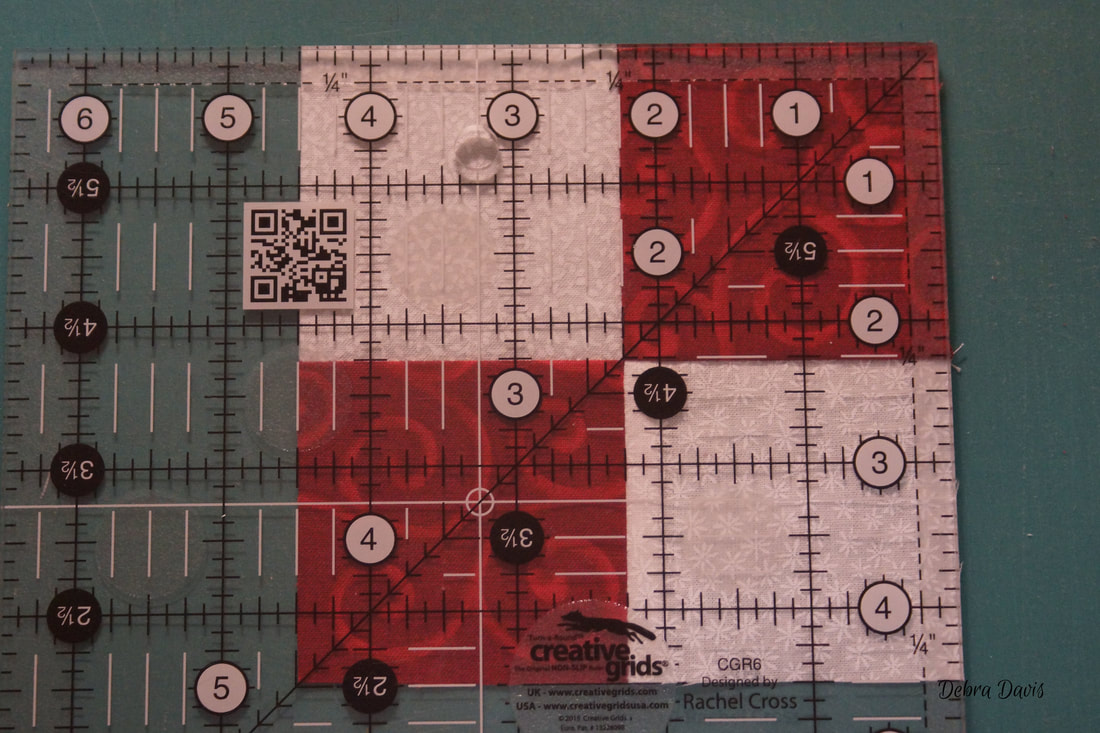
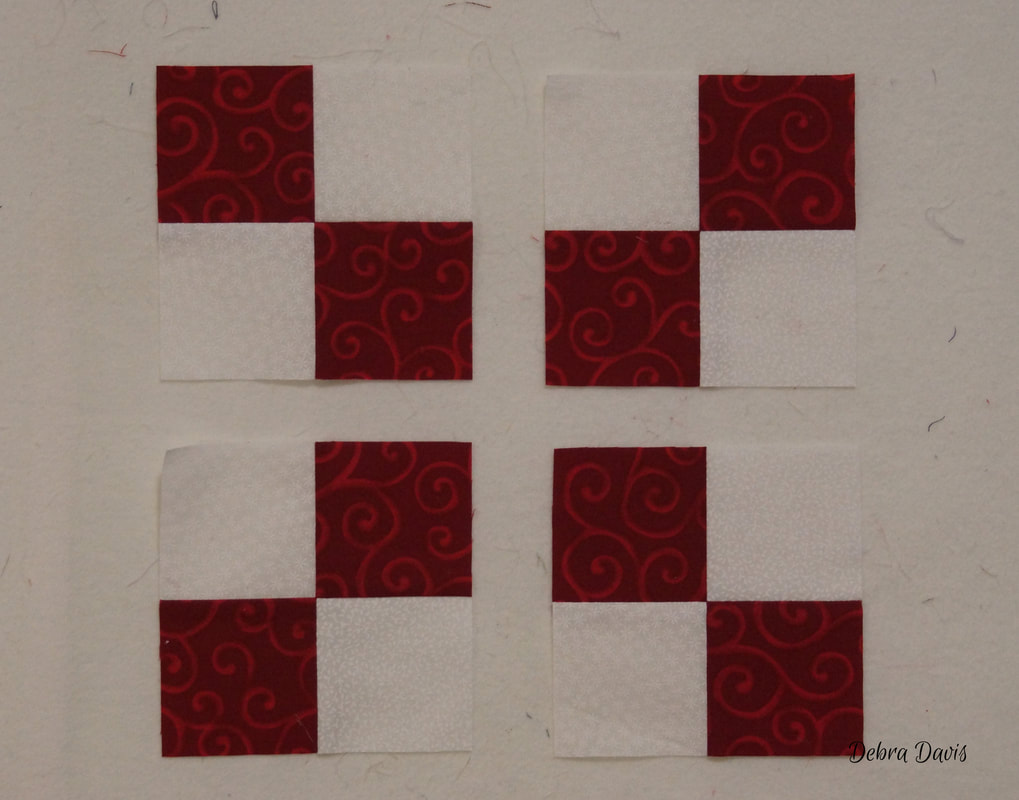
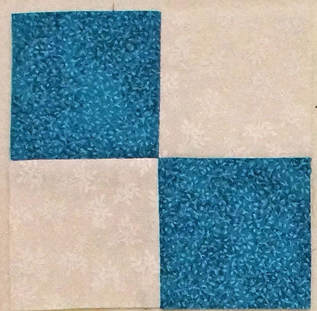
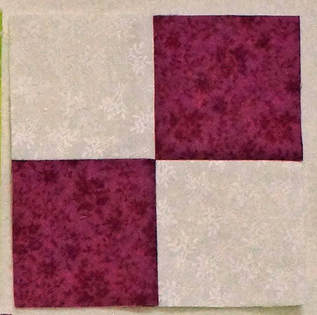
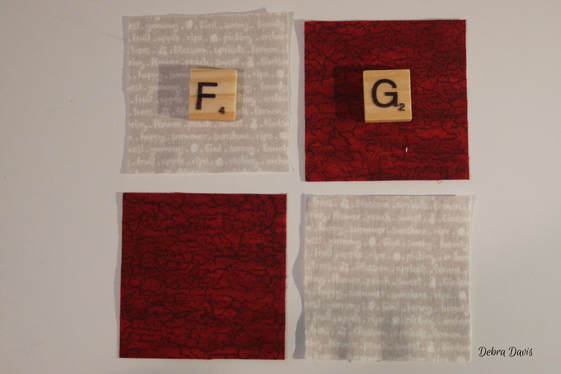
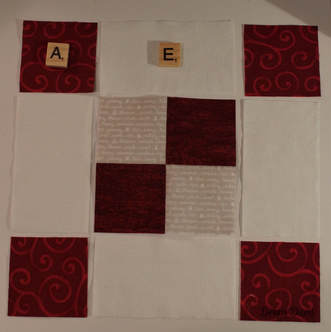
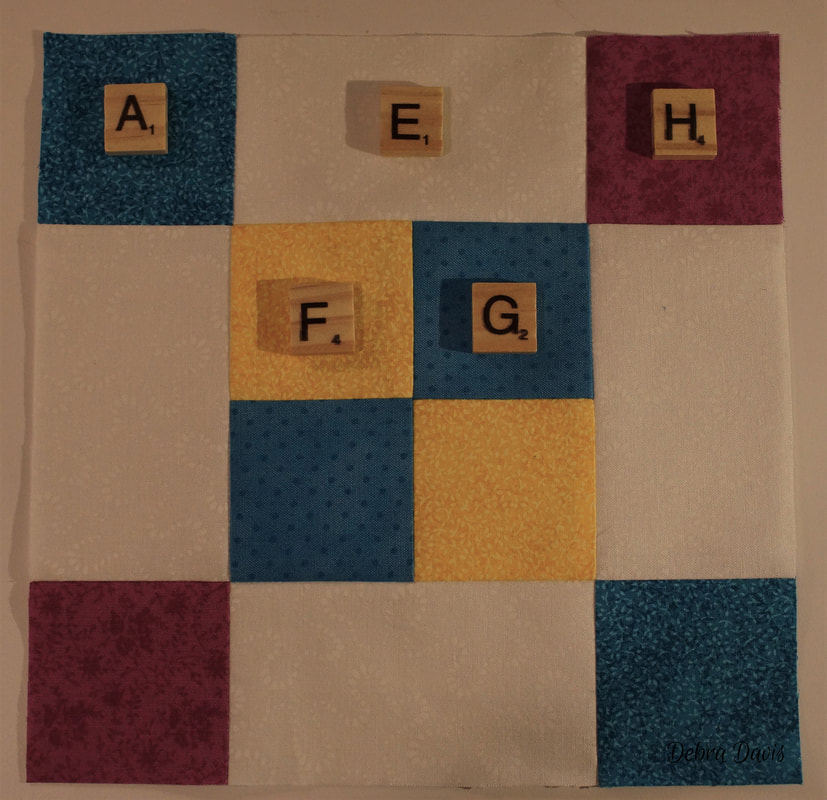
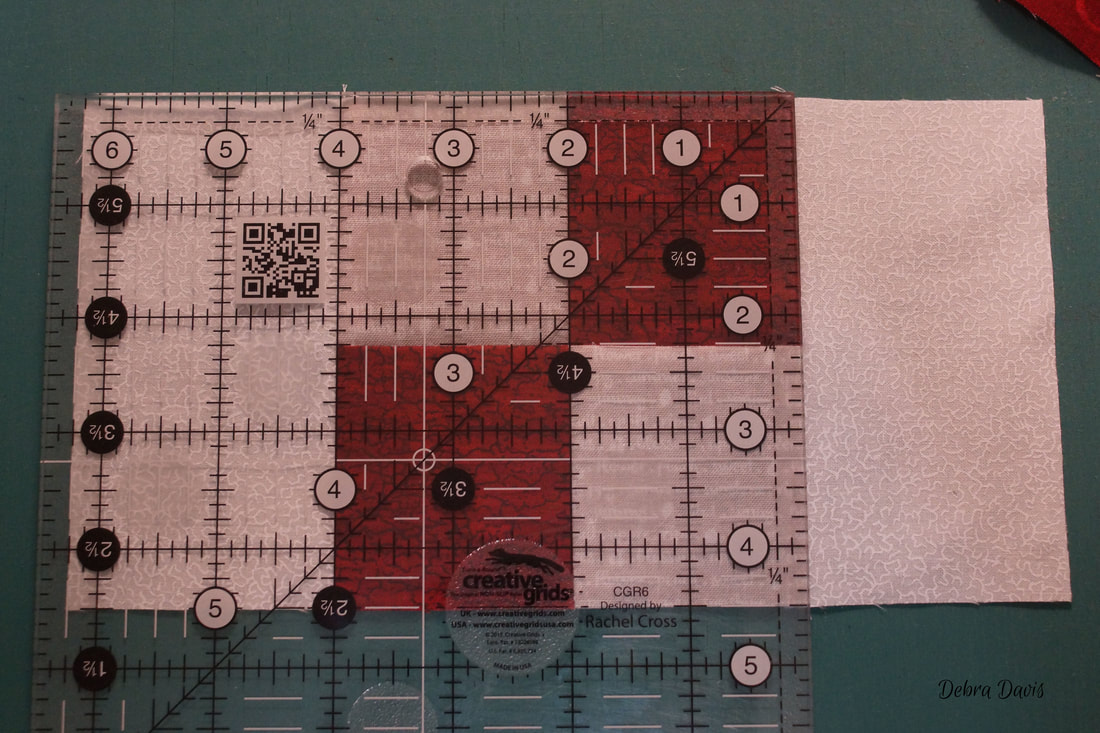
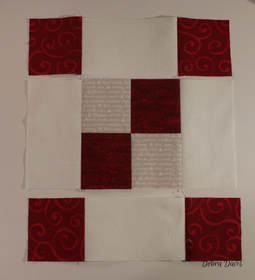
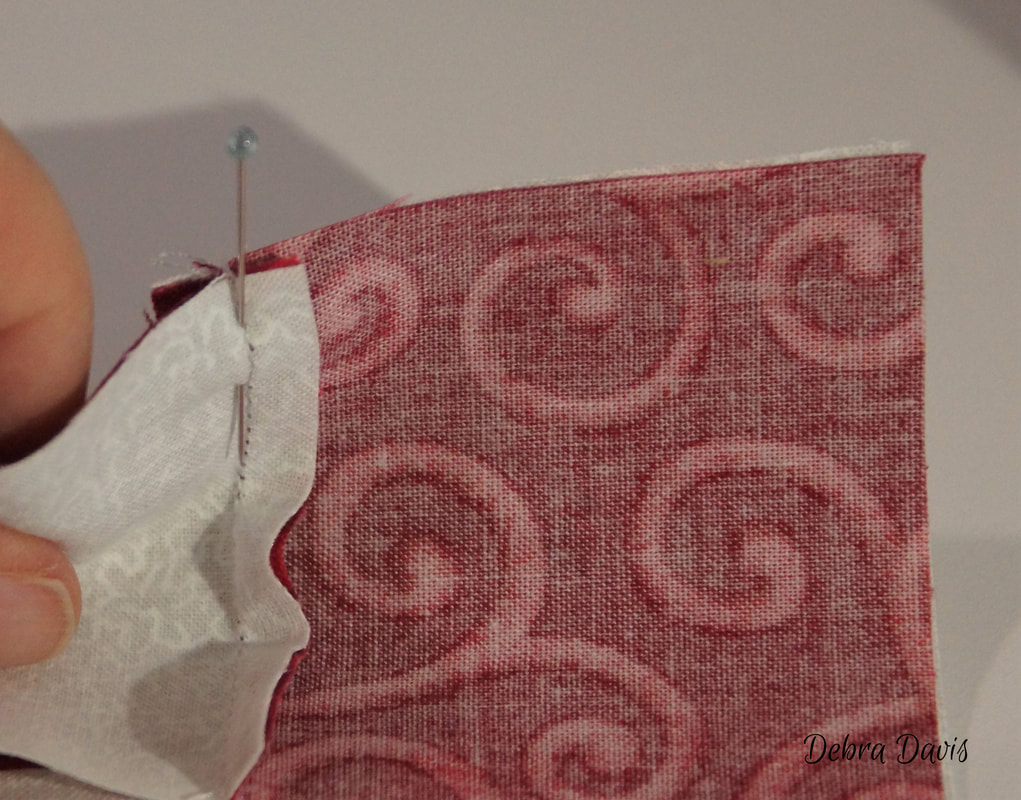
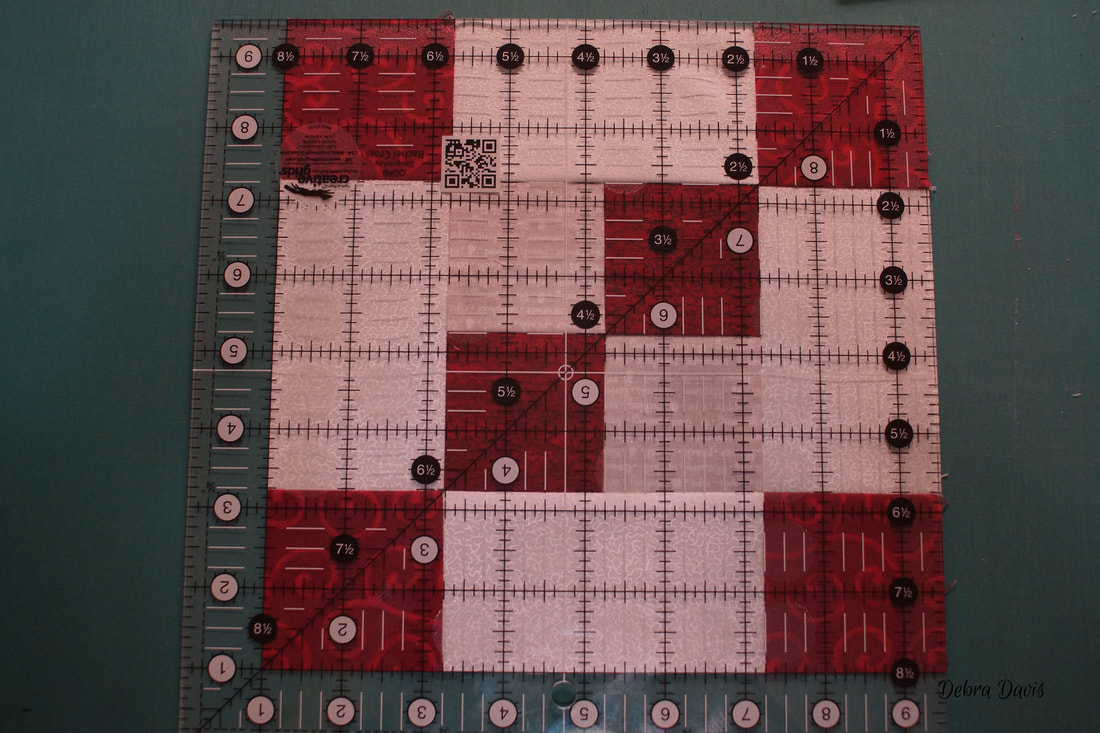
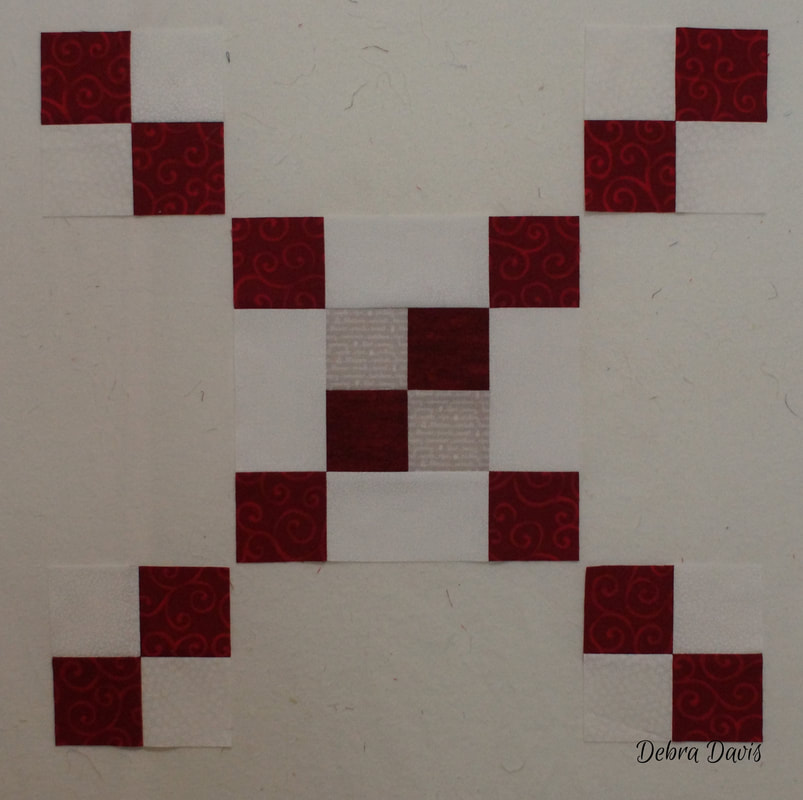
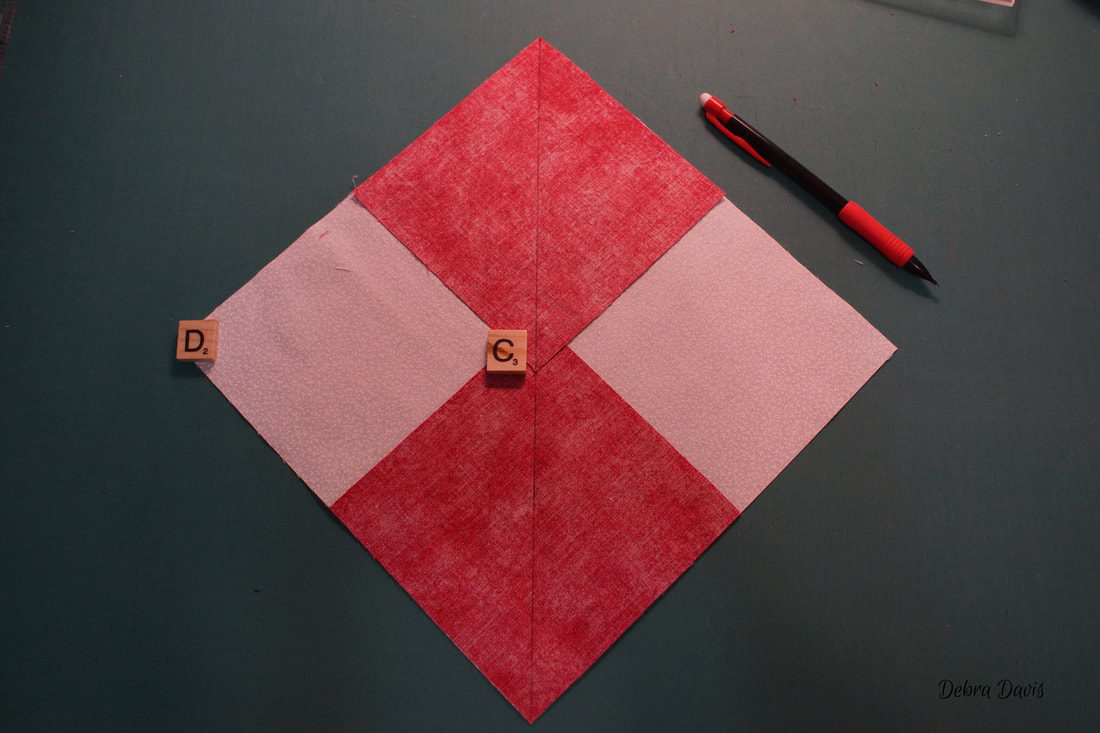
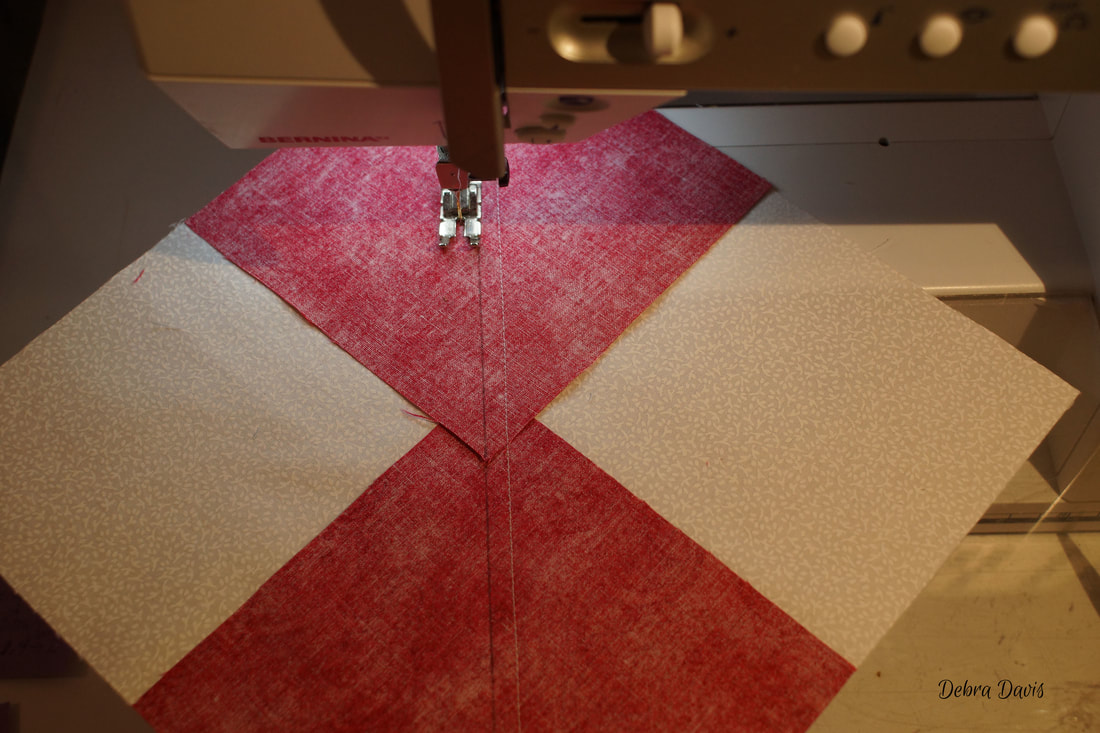
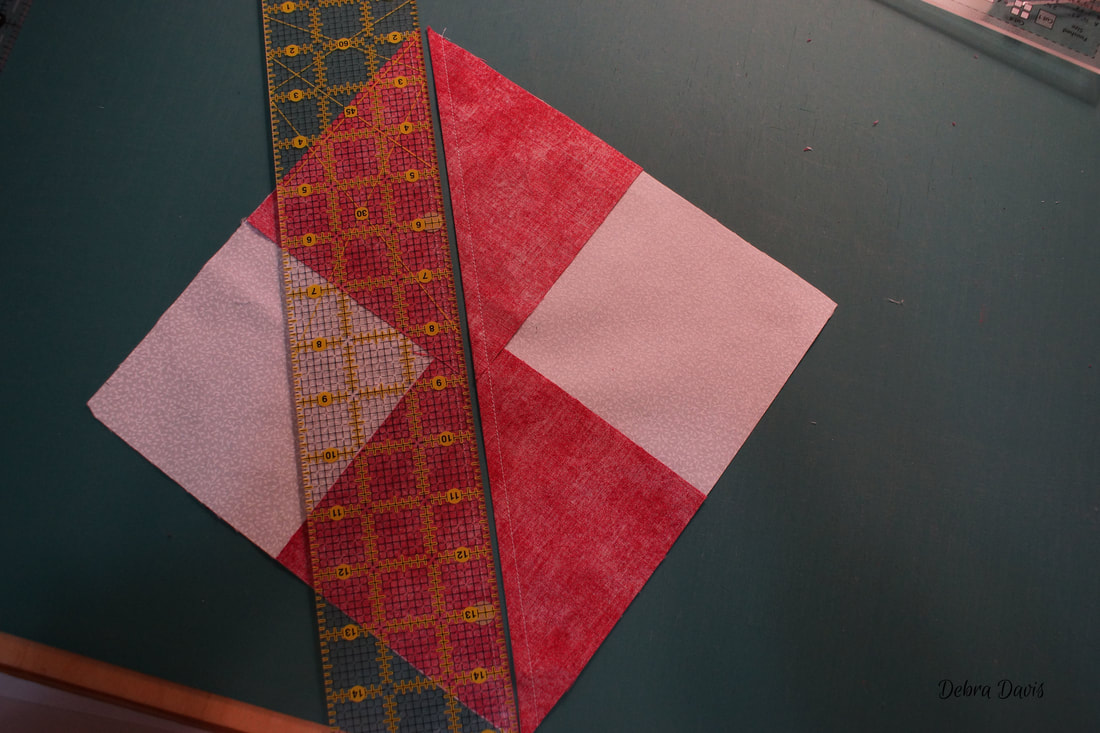
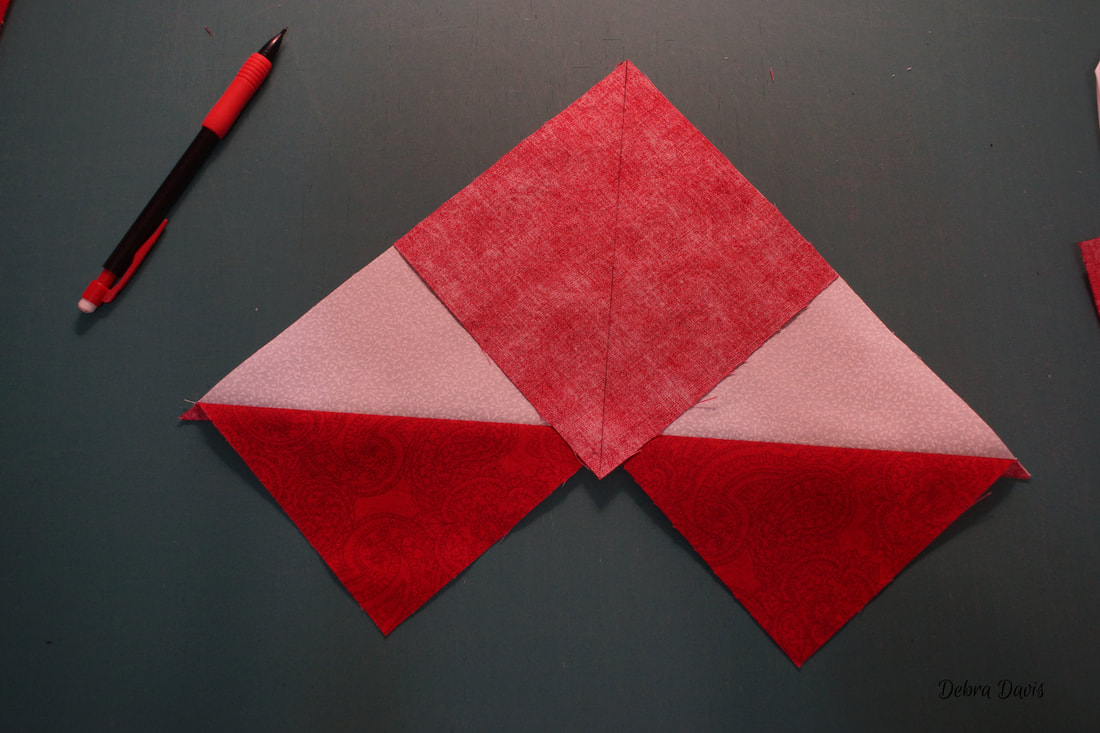
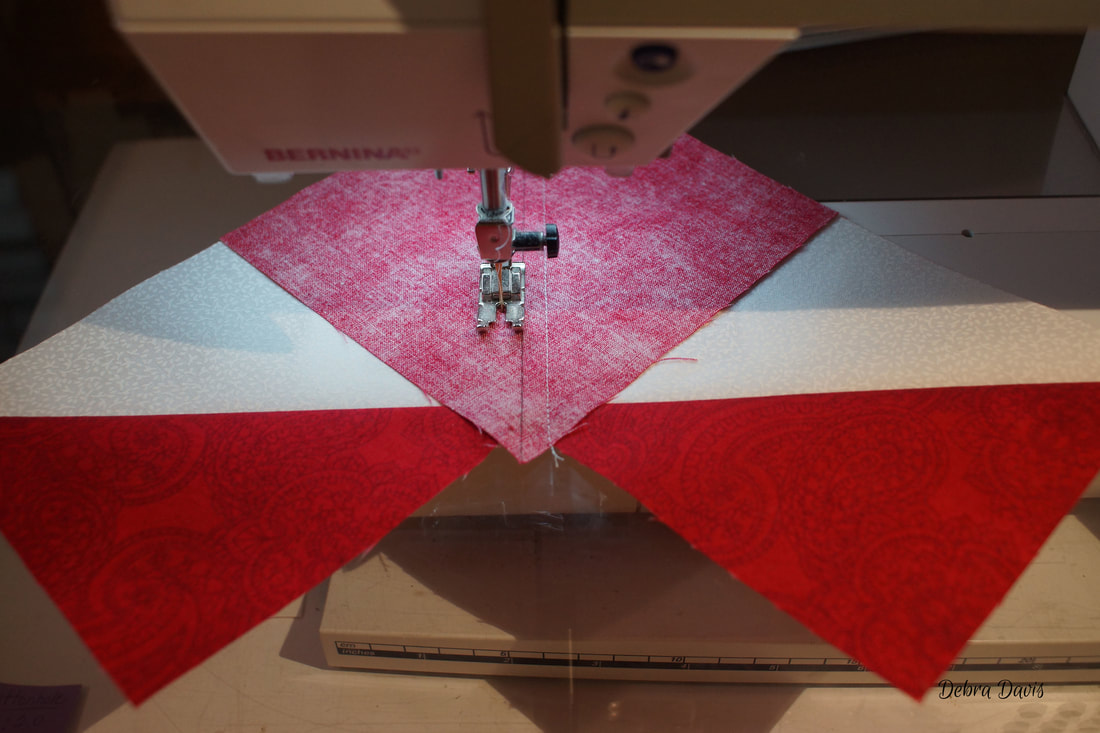
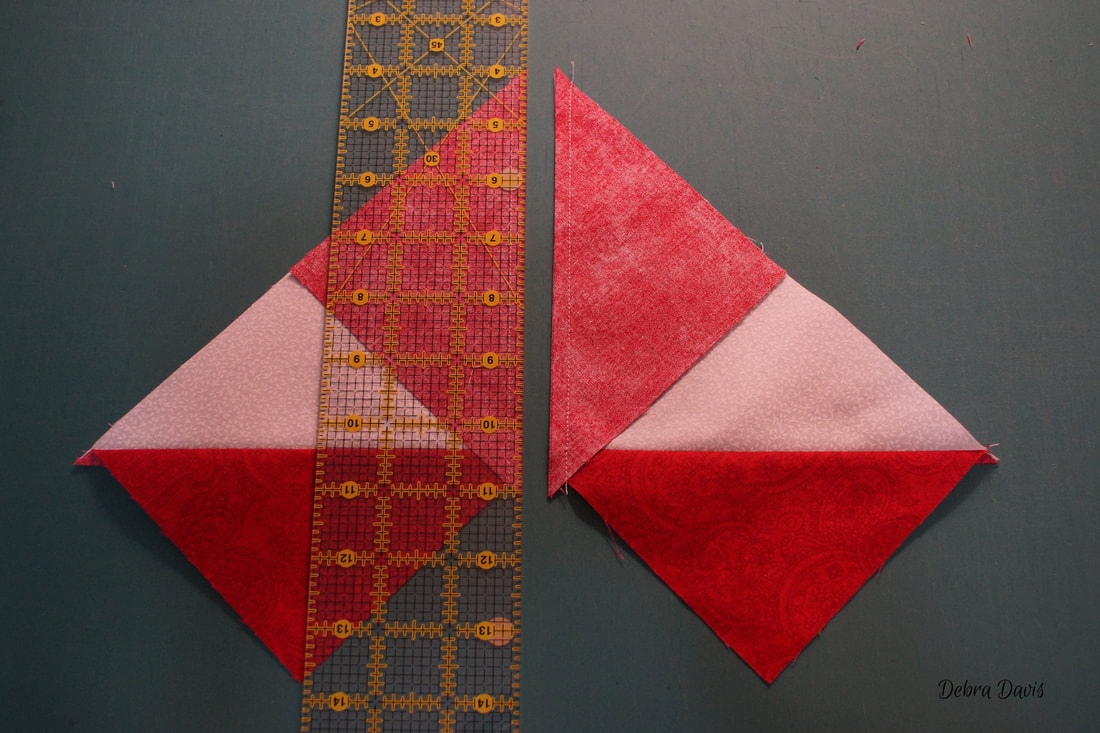
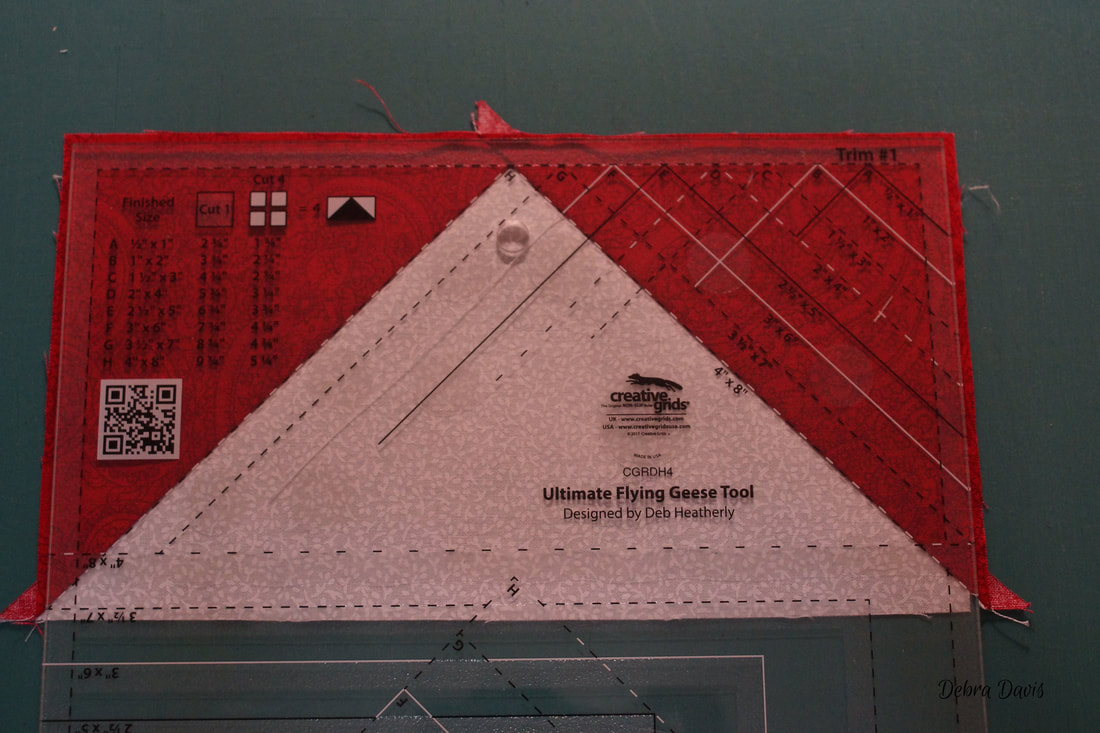
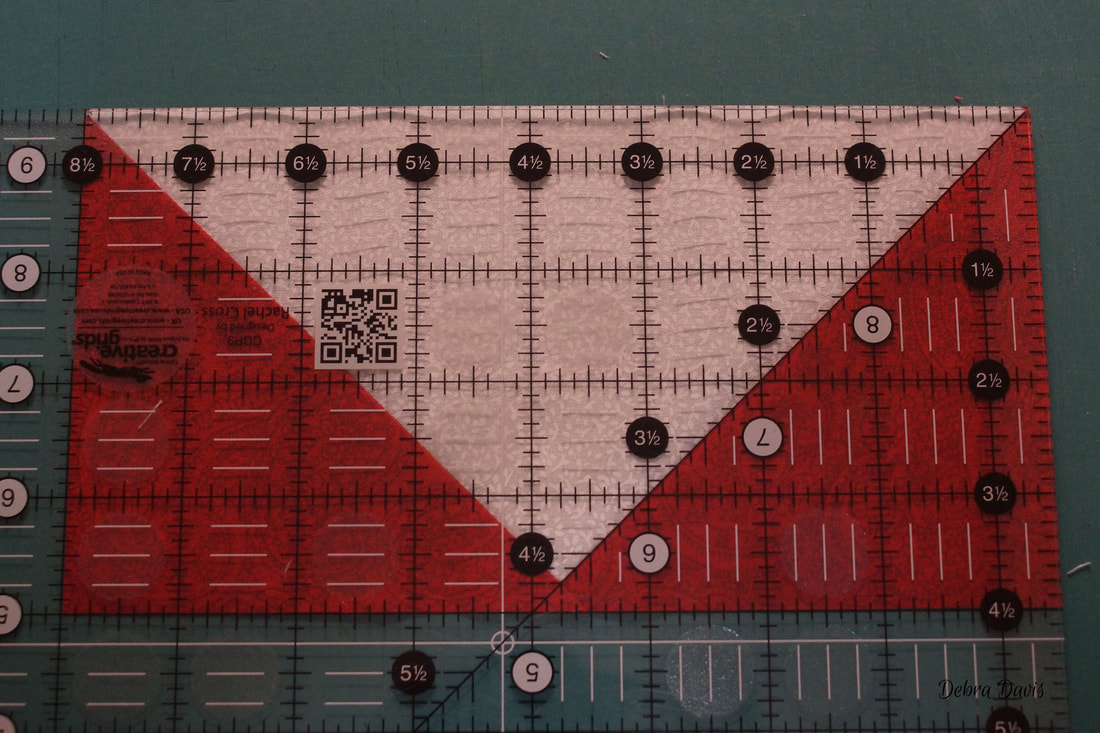
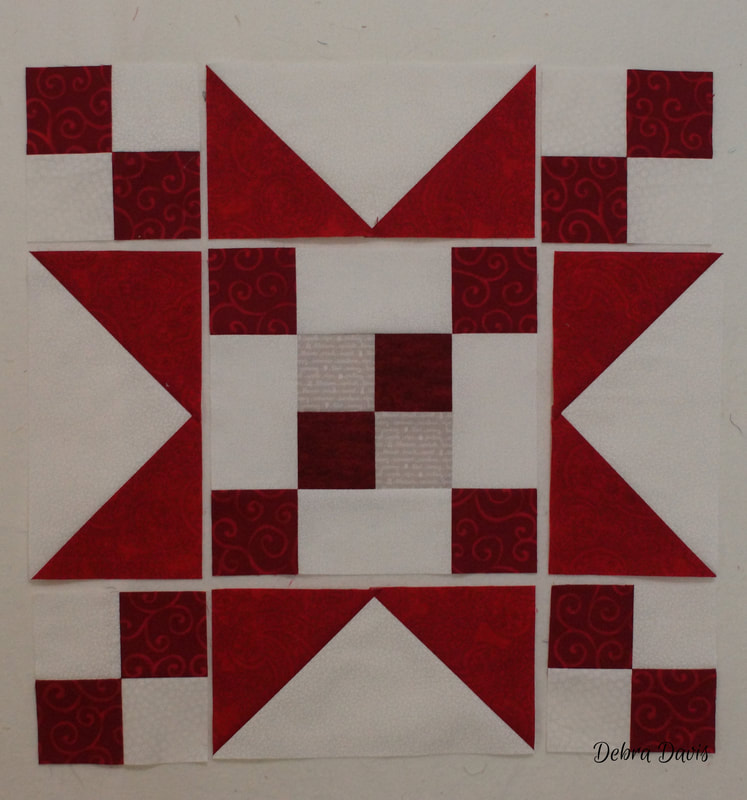
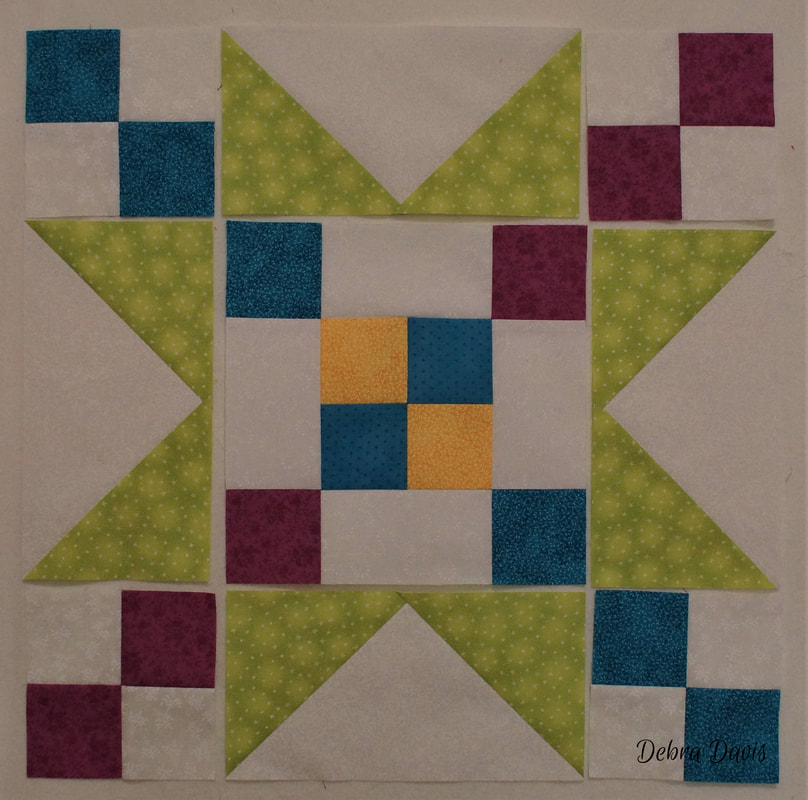
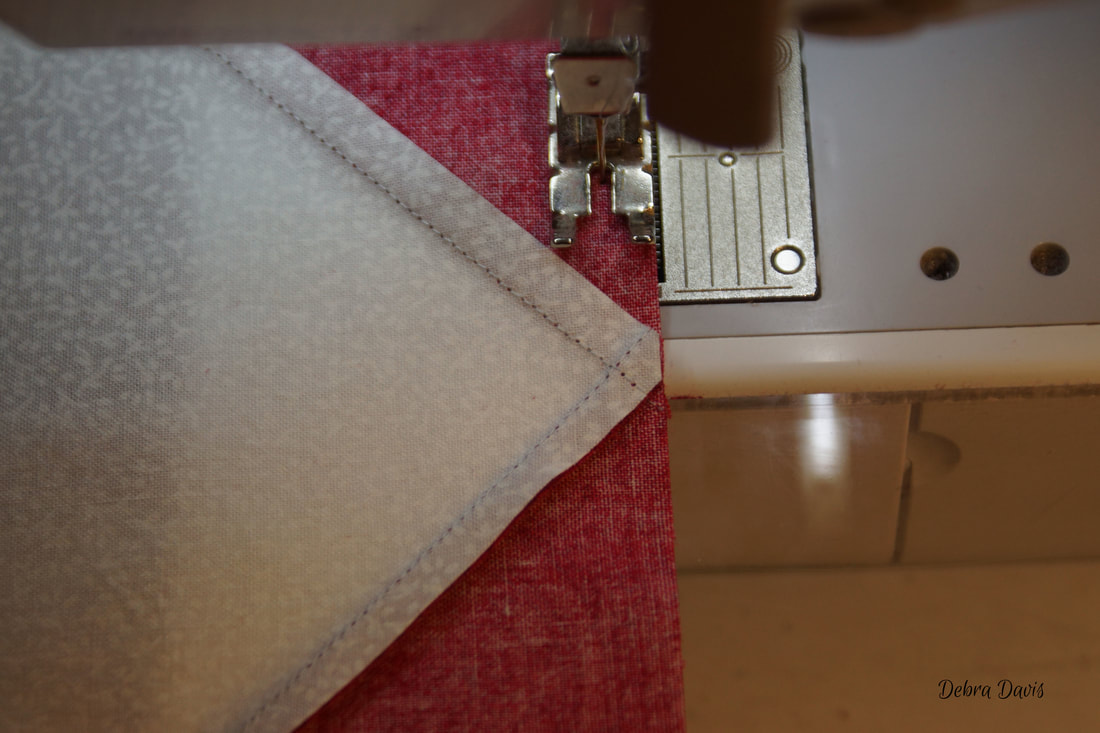
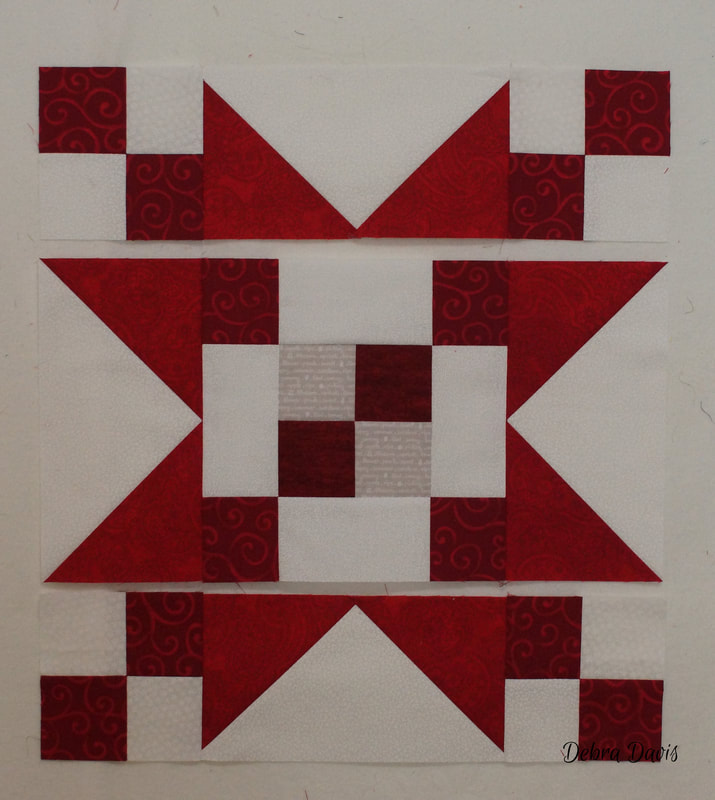
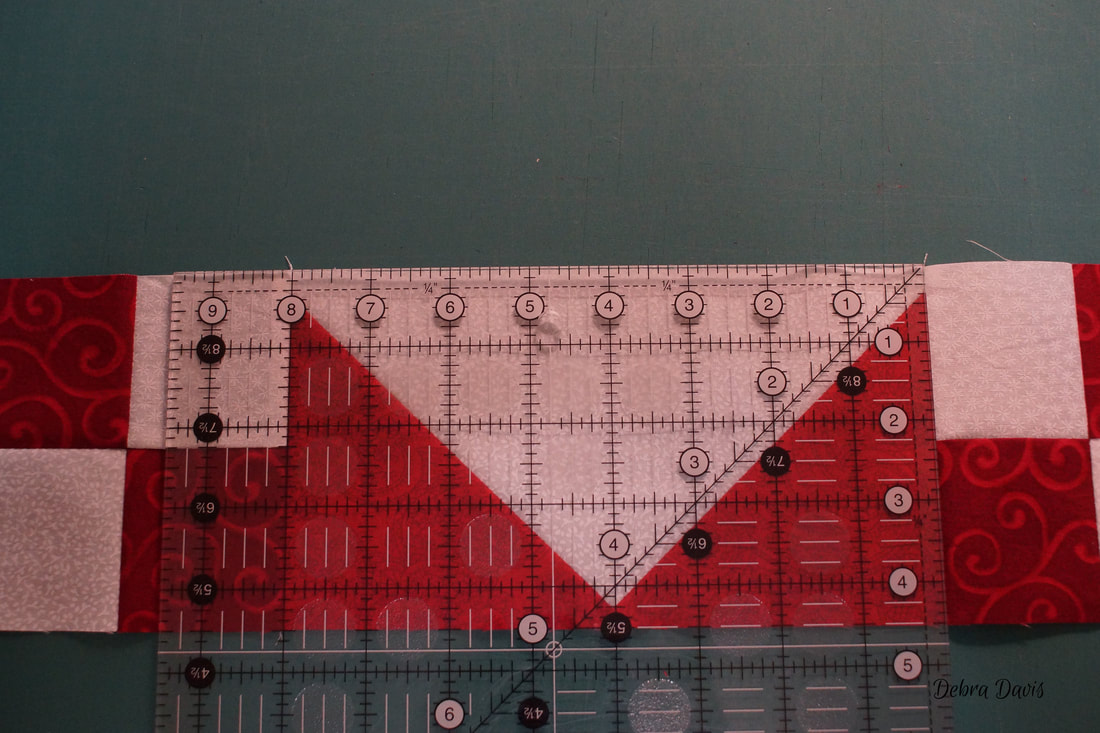
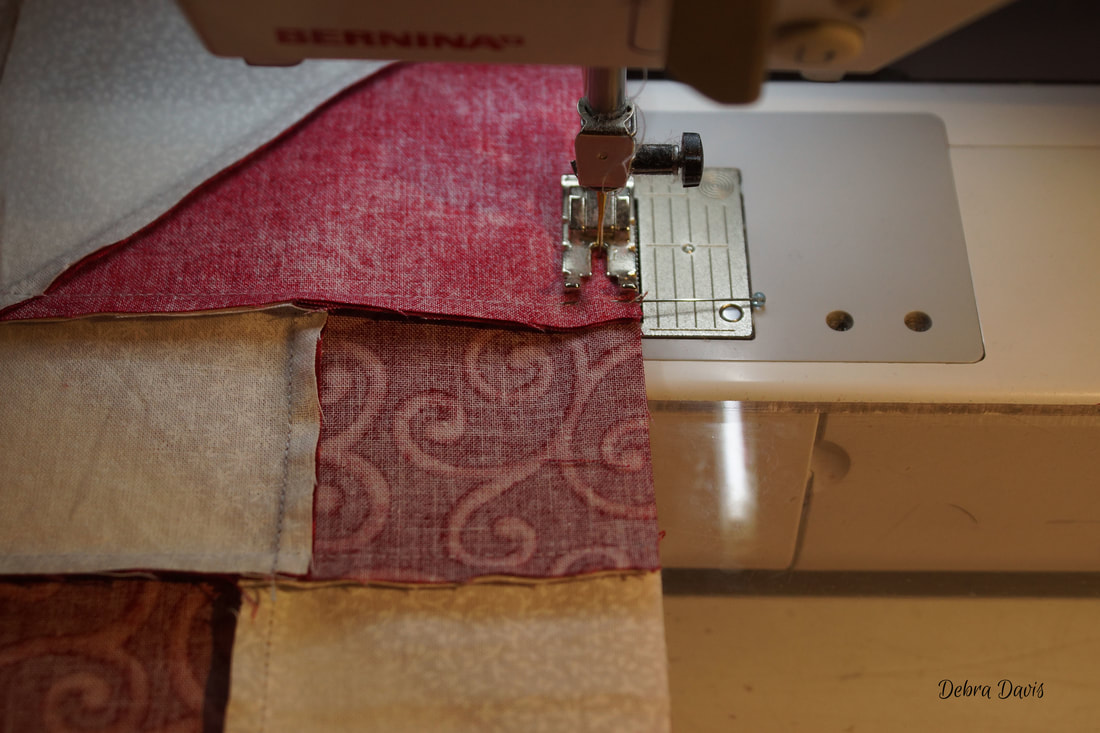
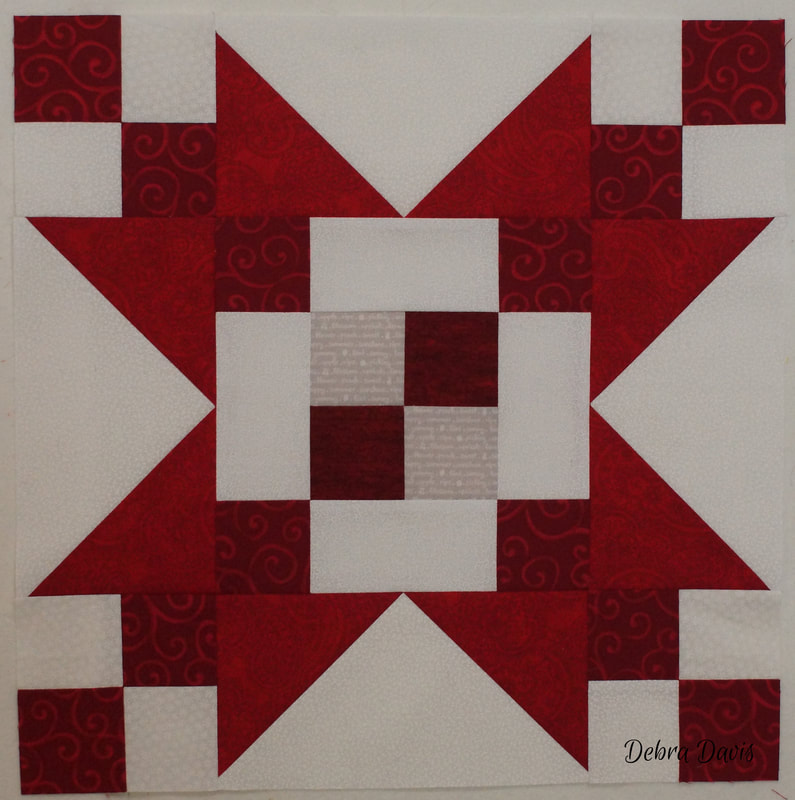
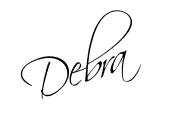
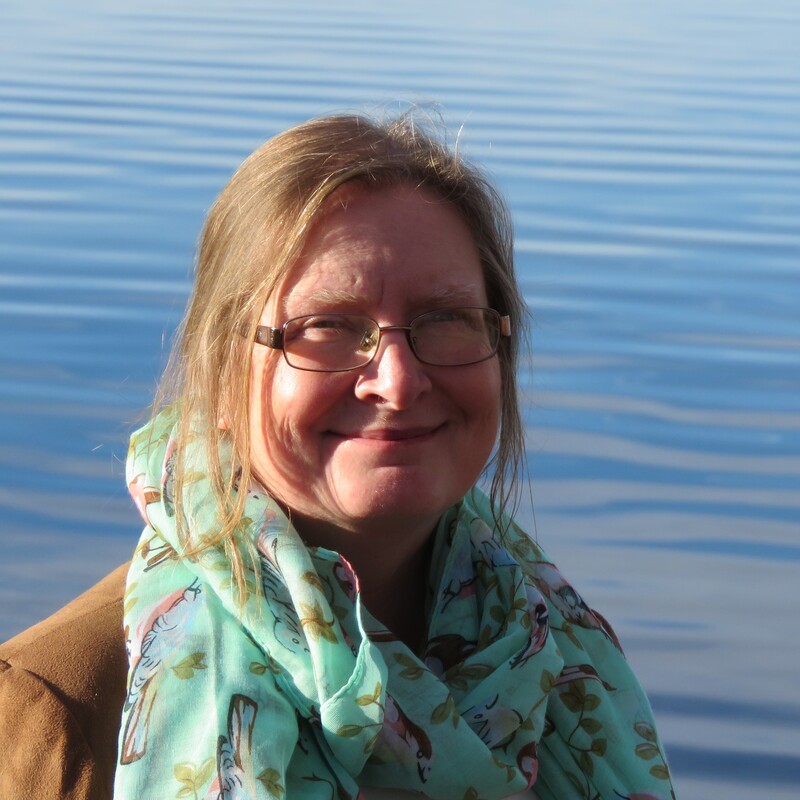
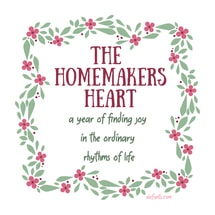



 RSS Feed
RSS Feed